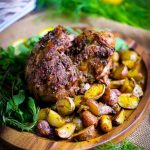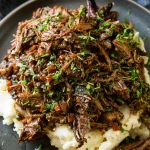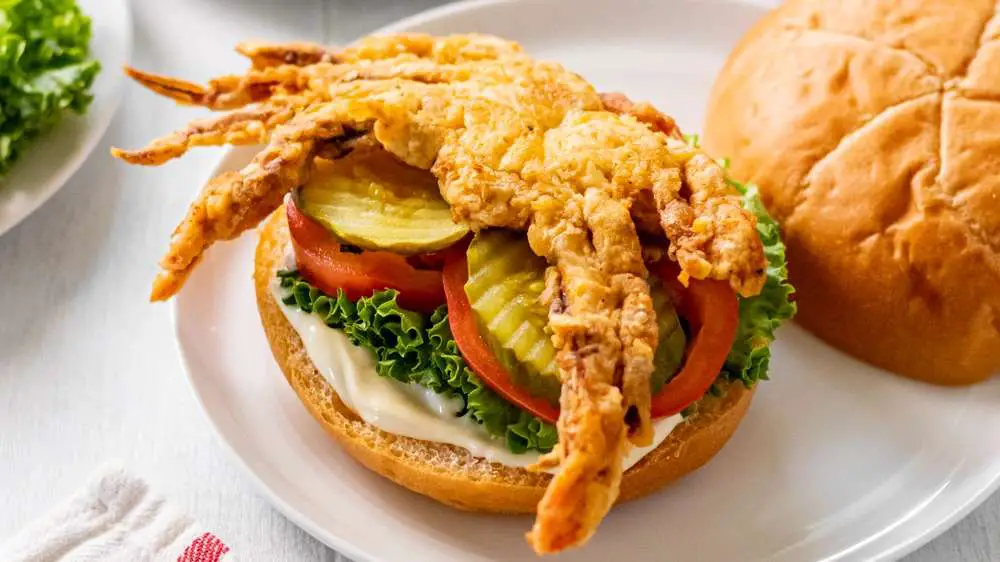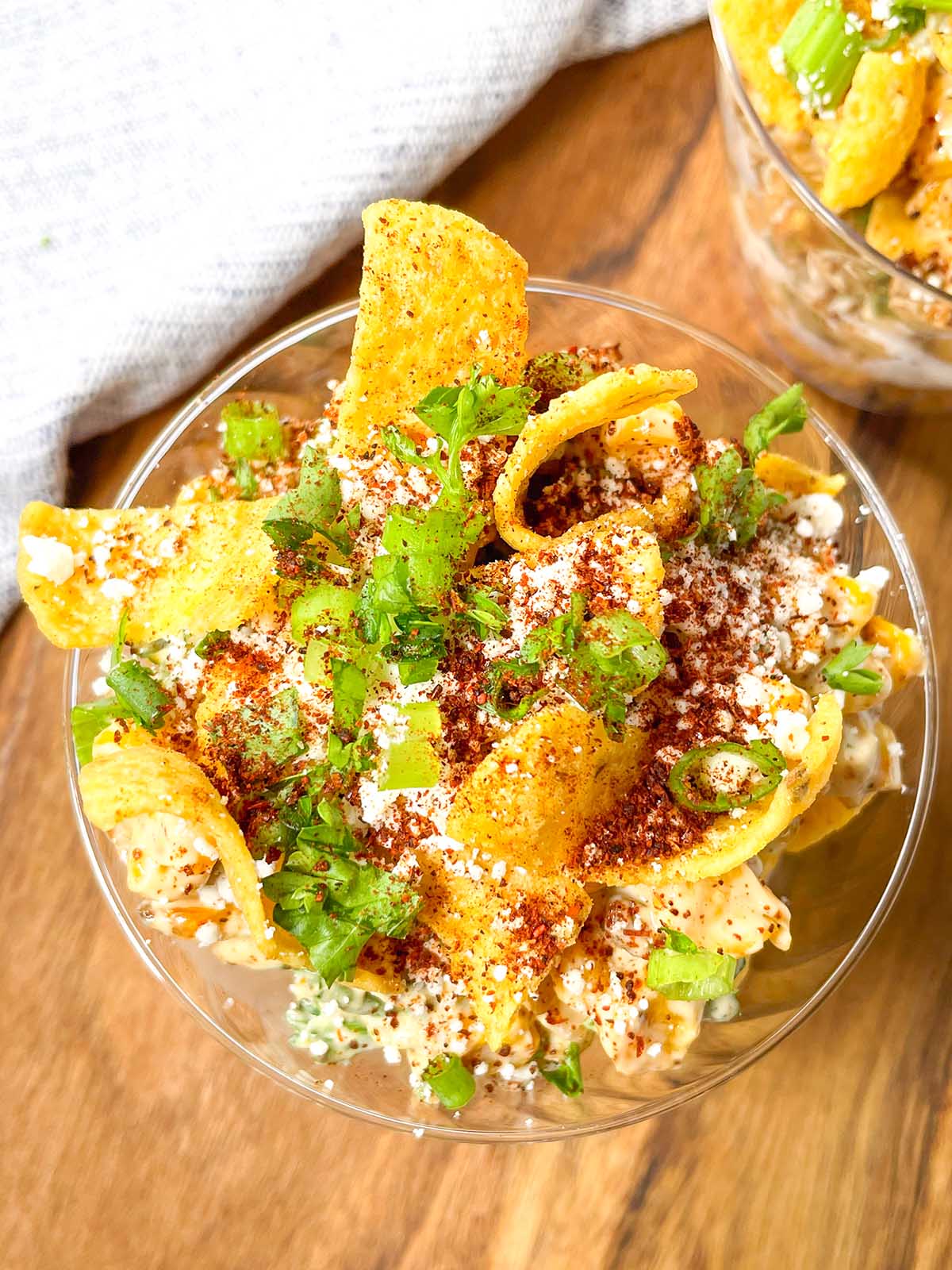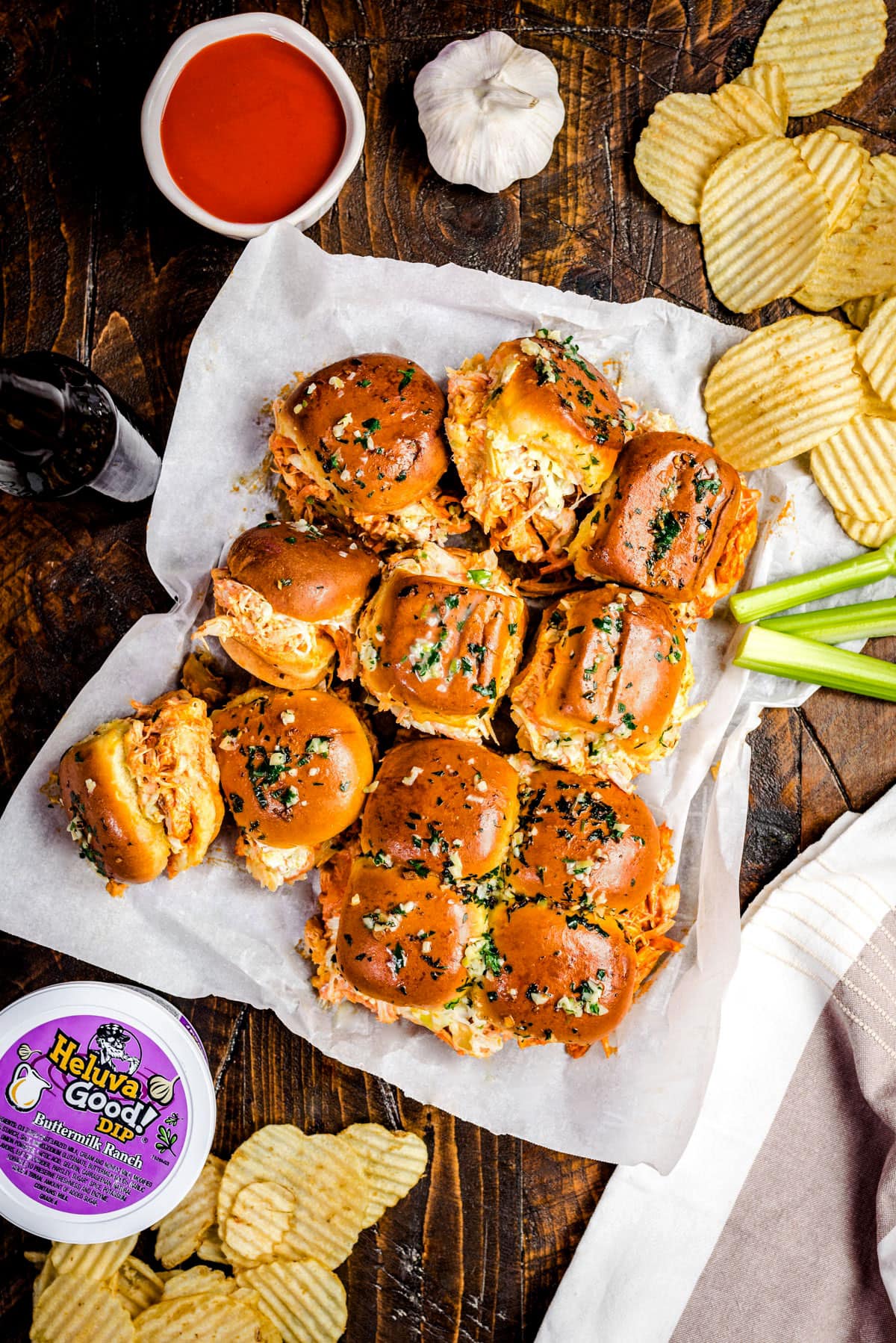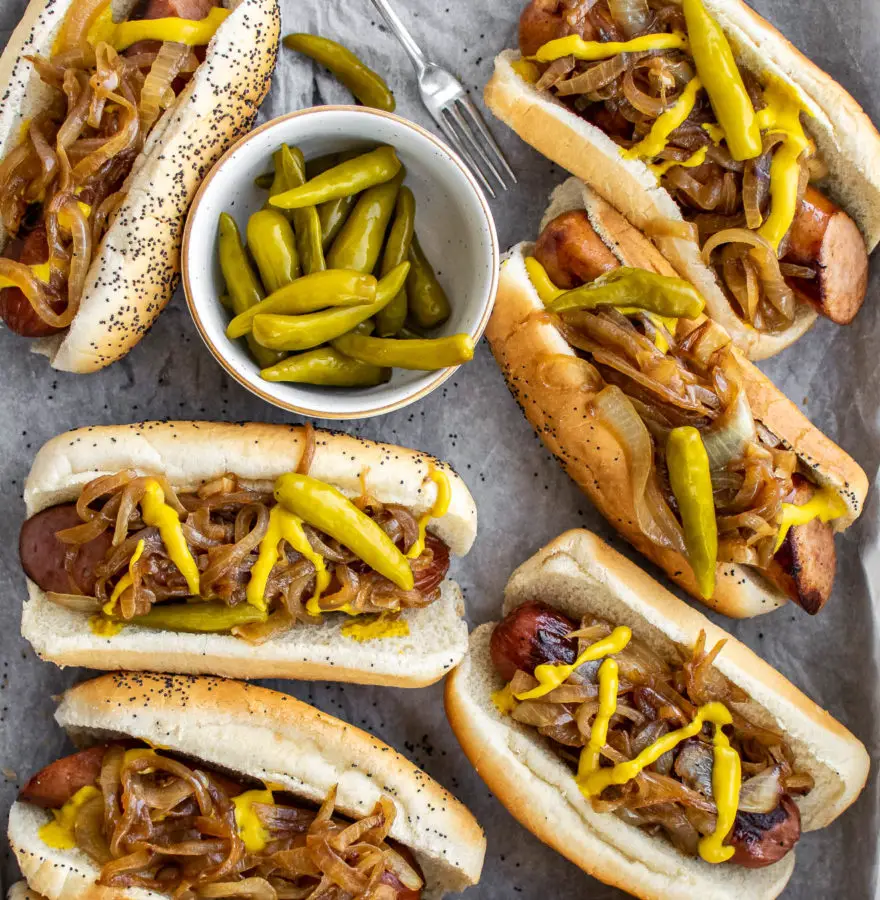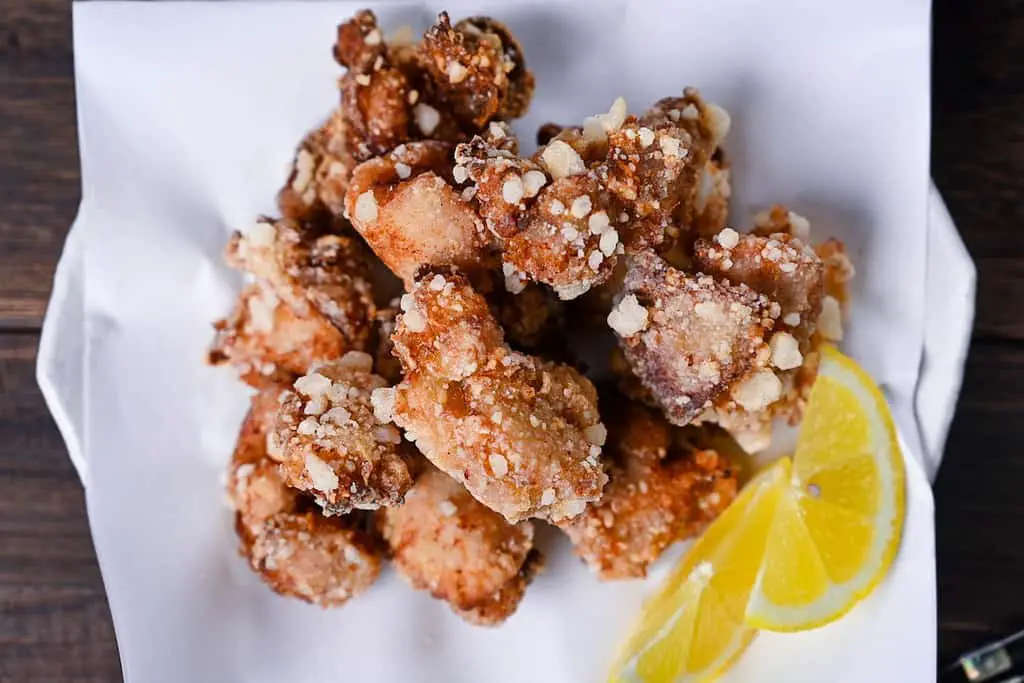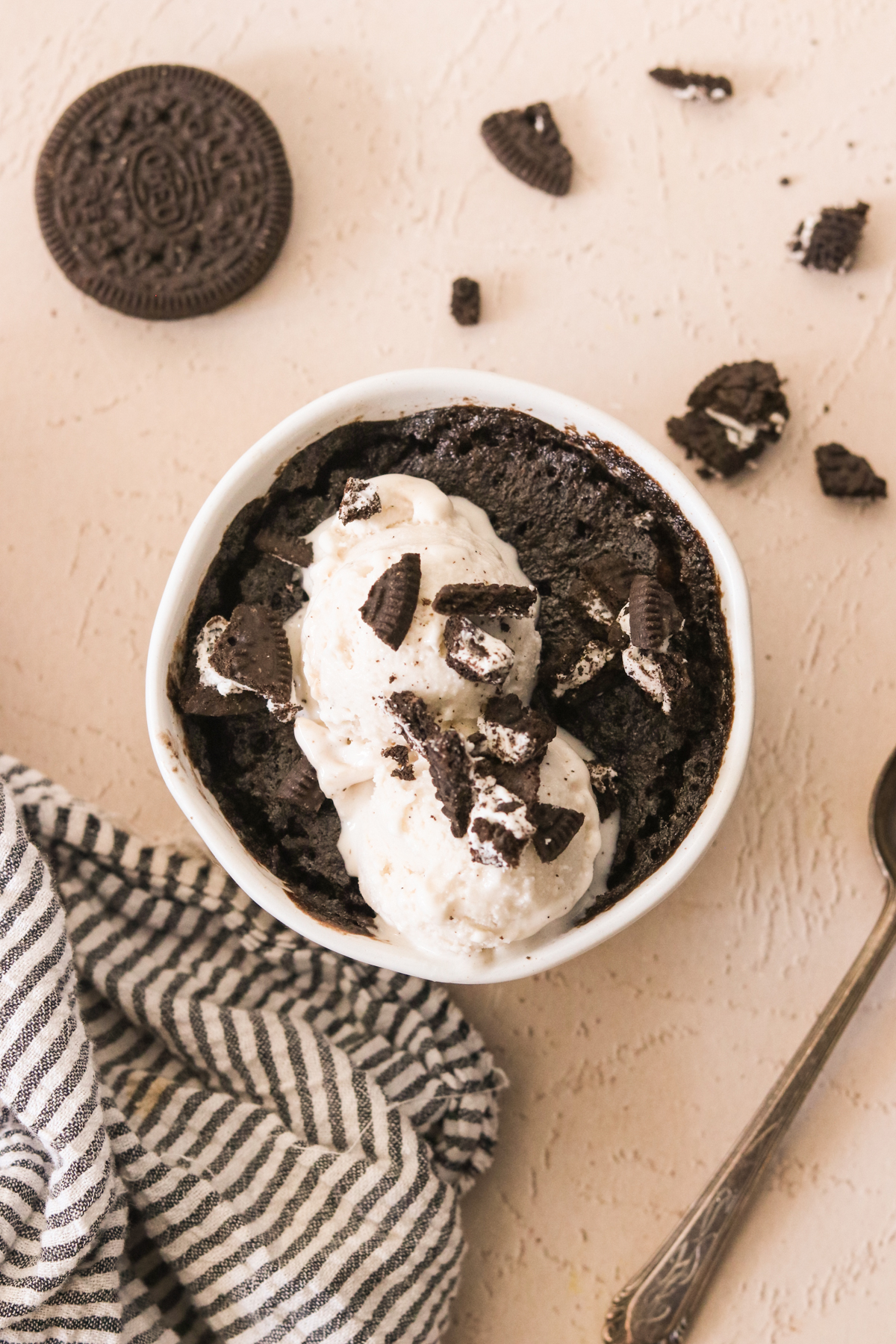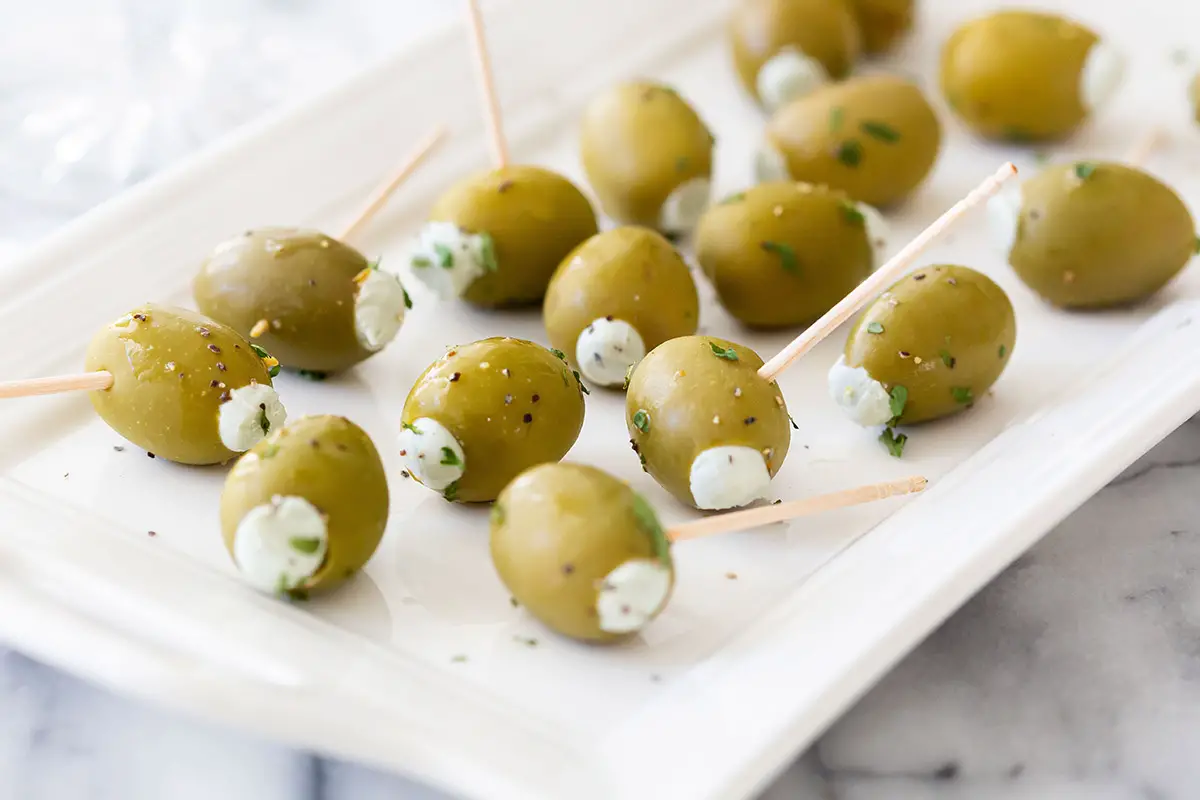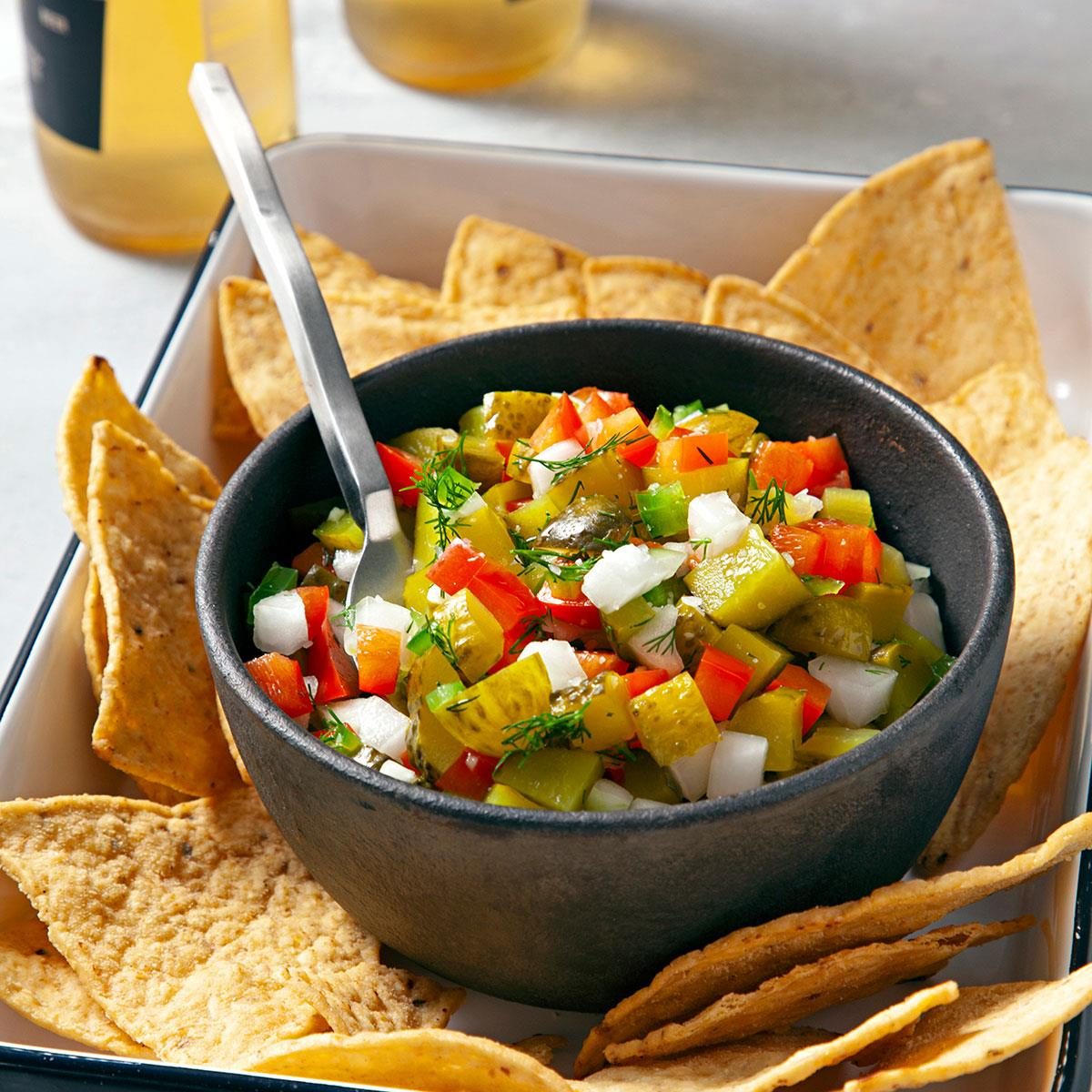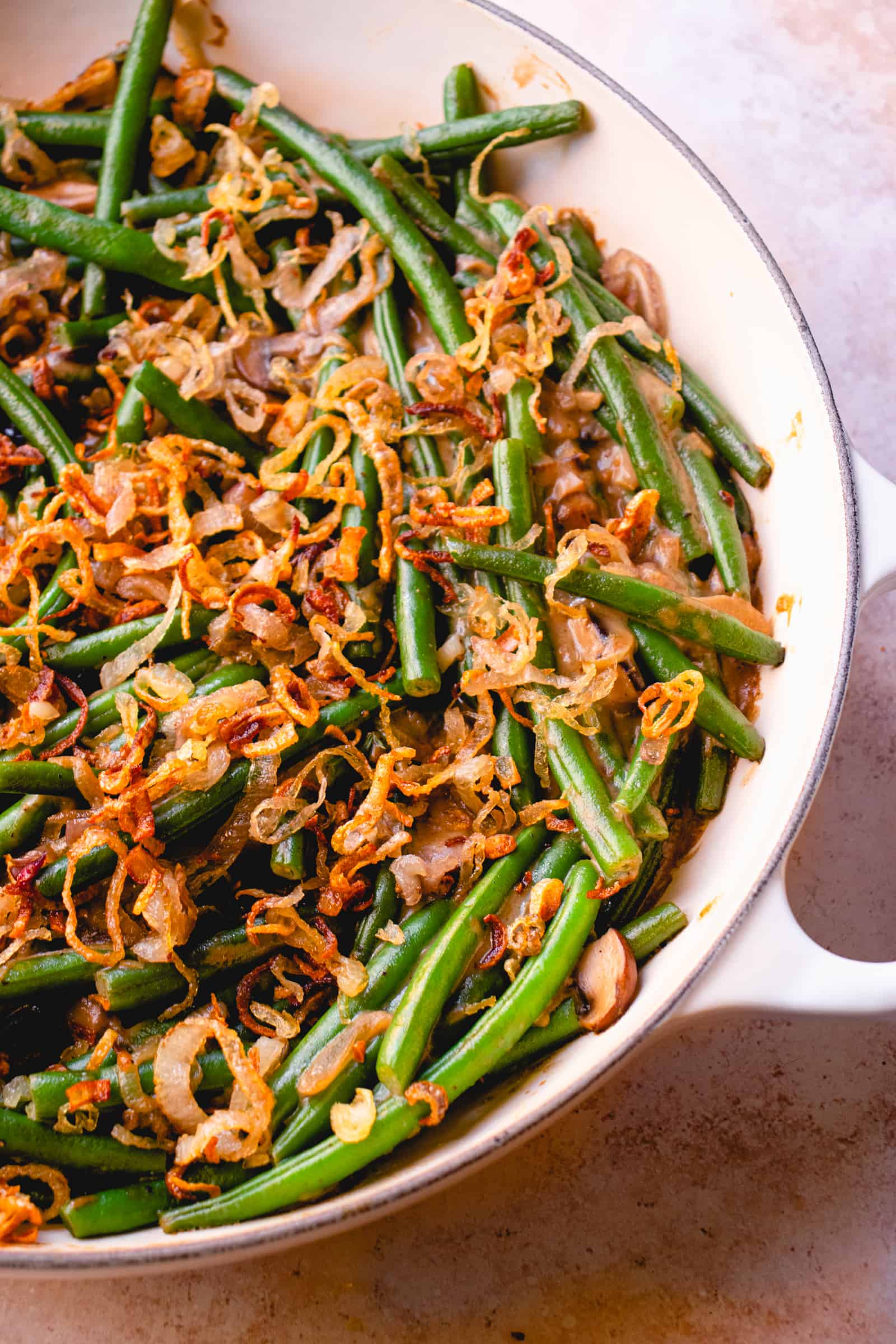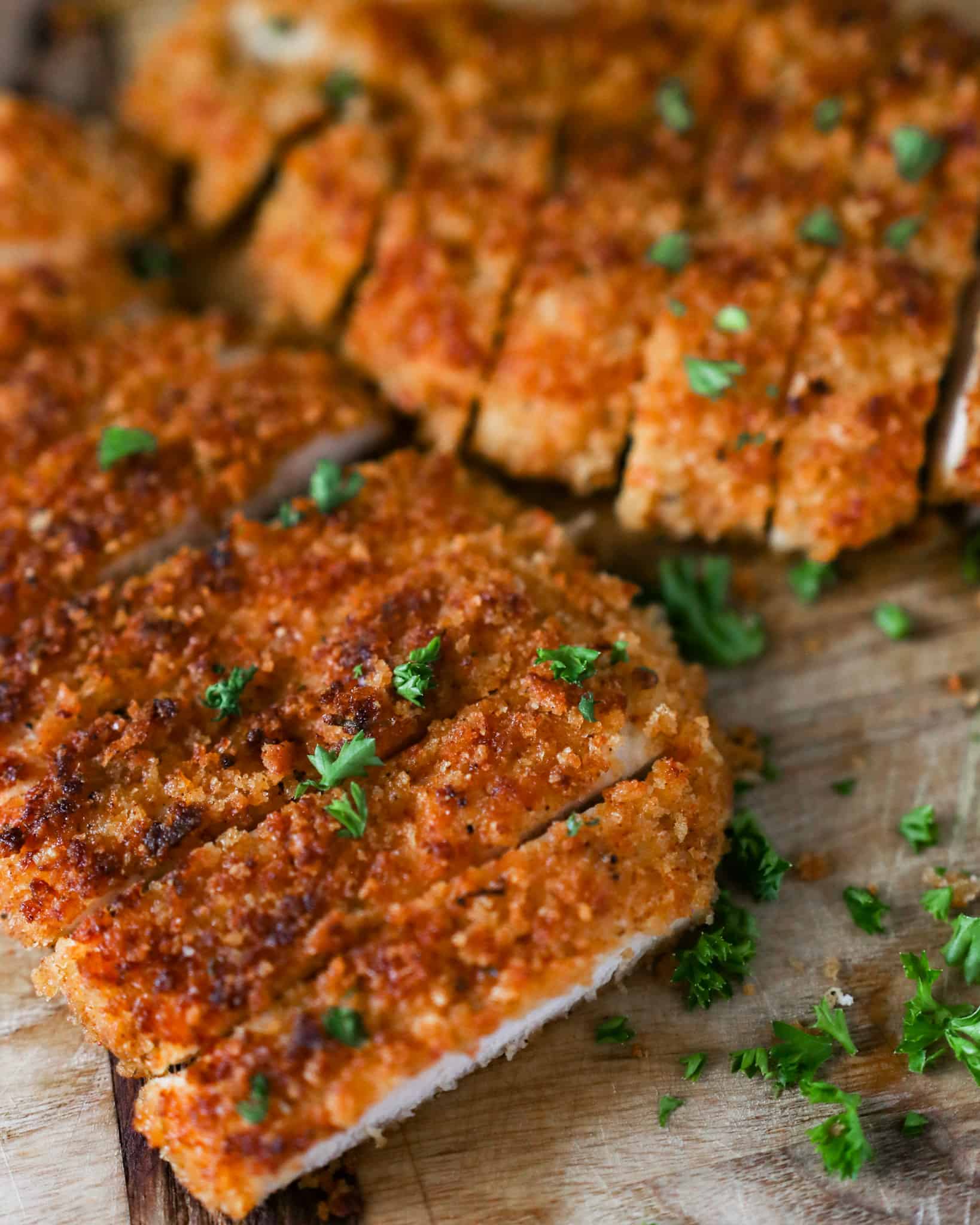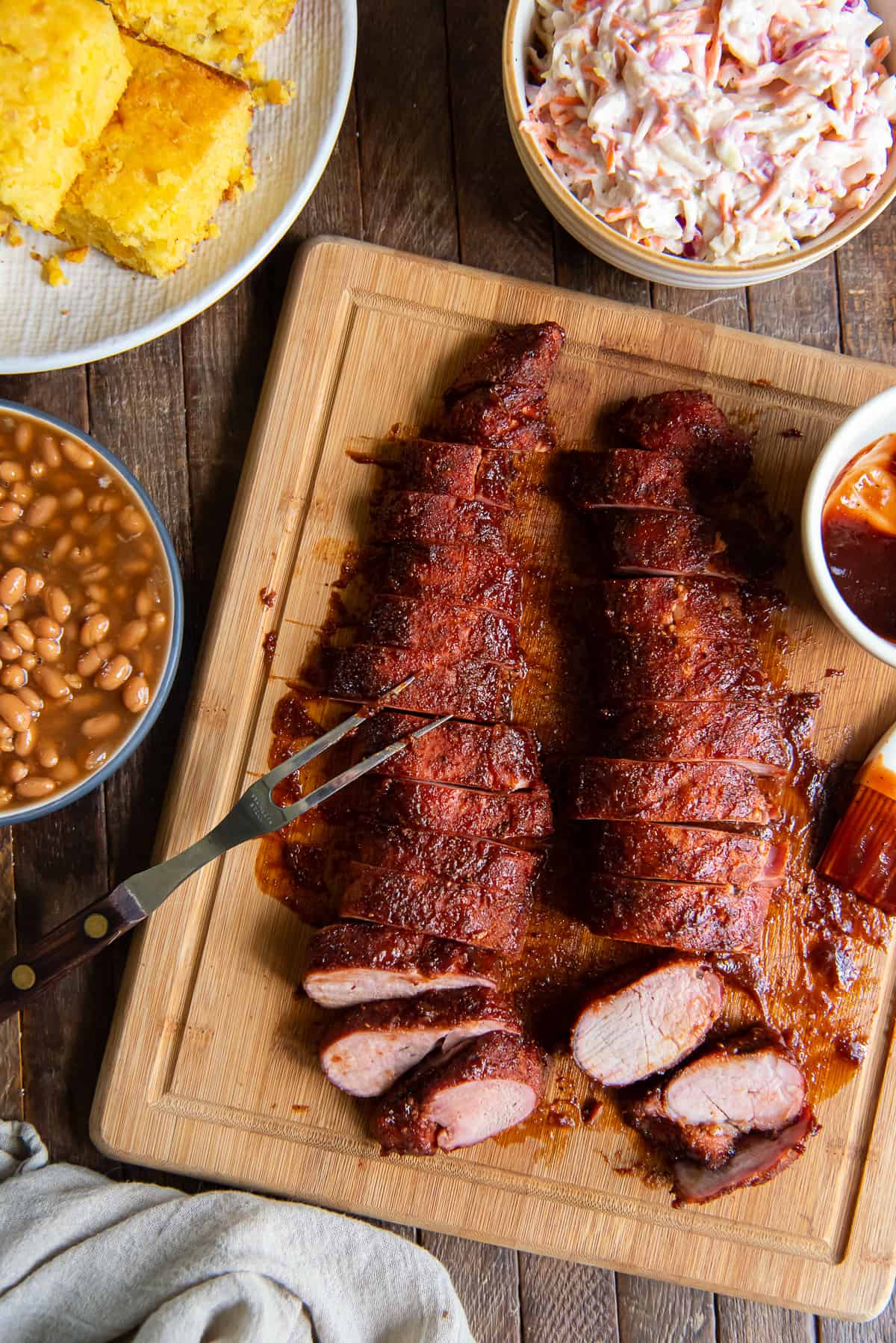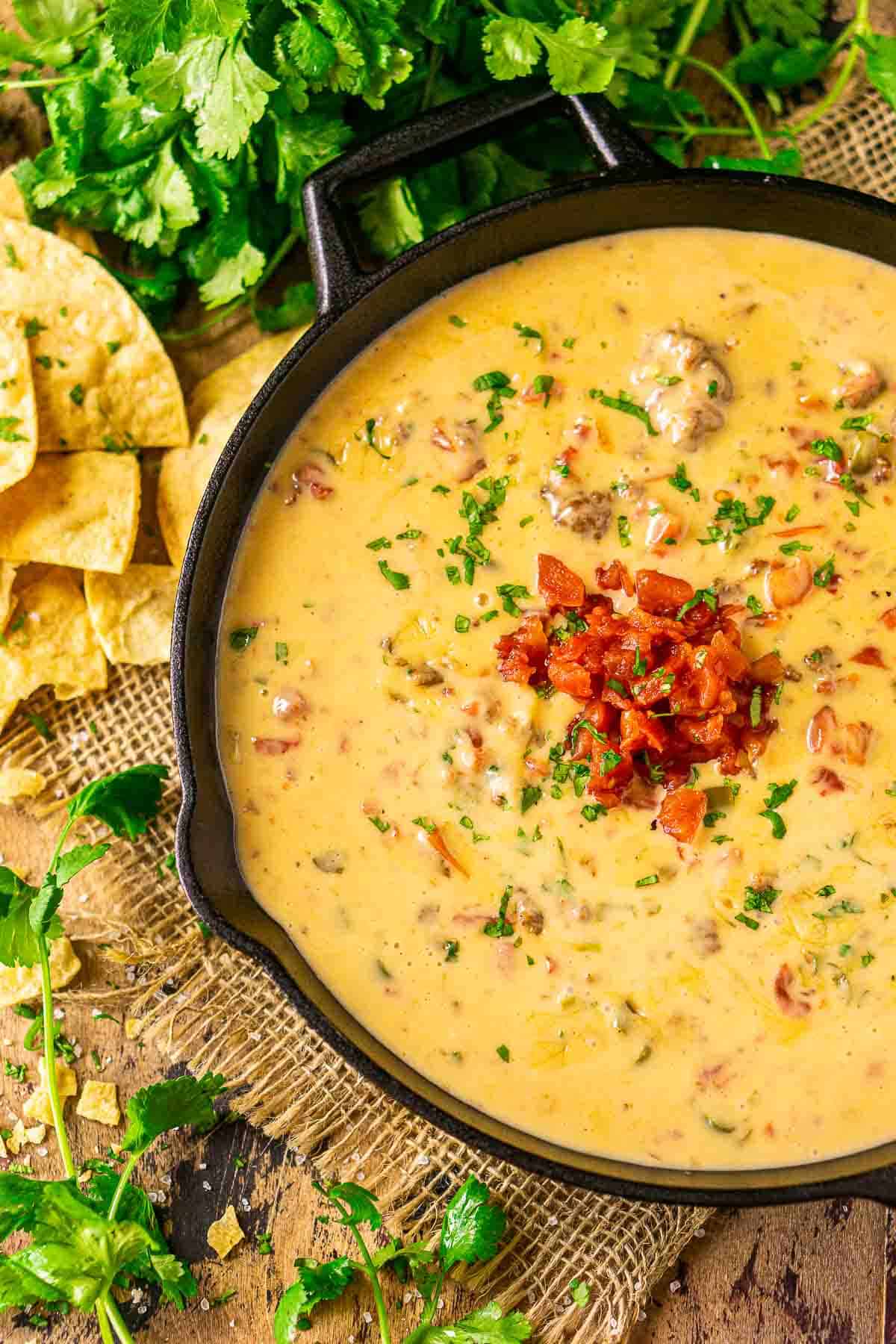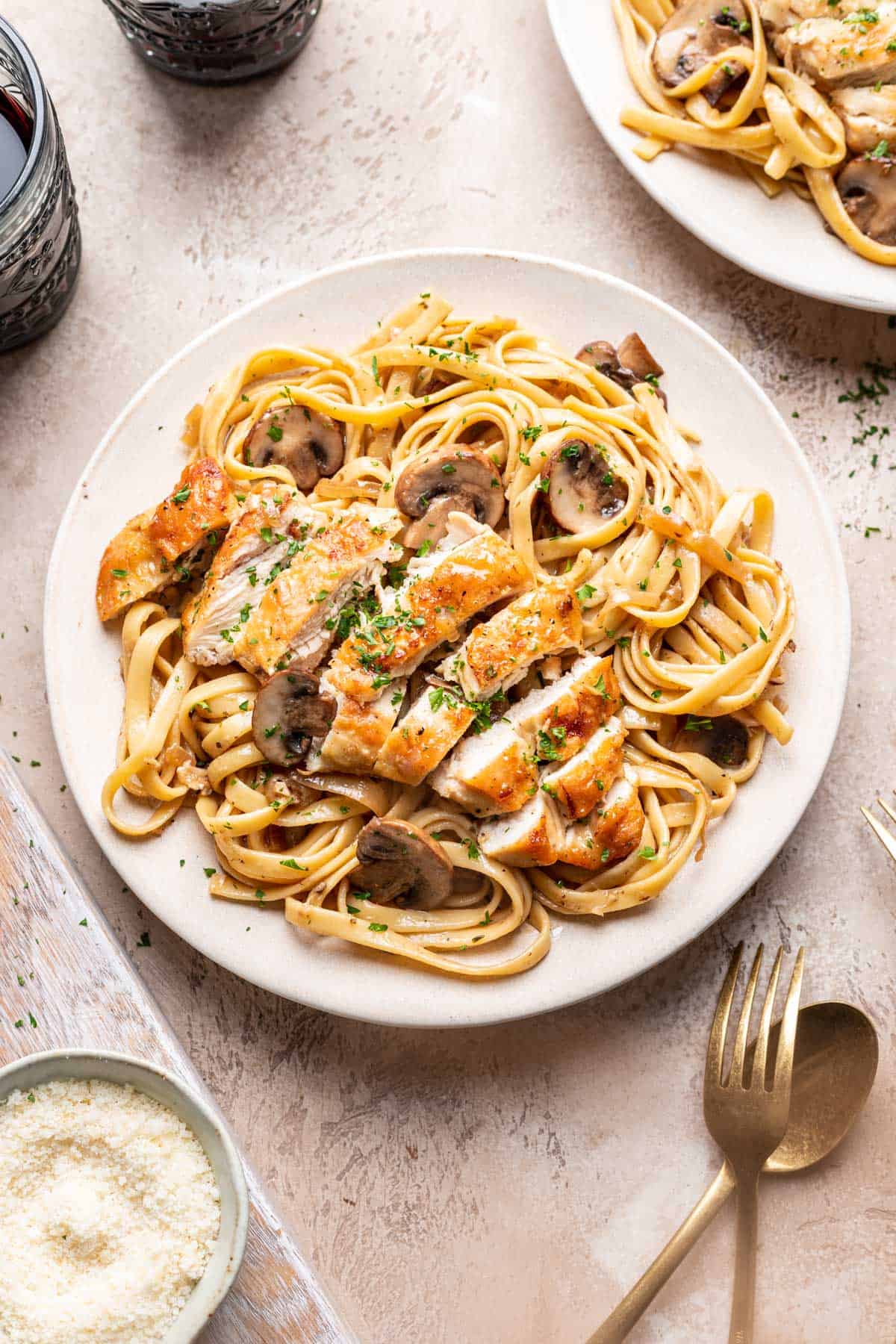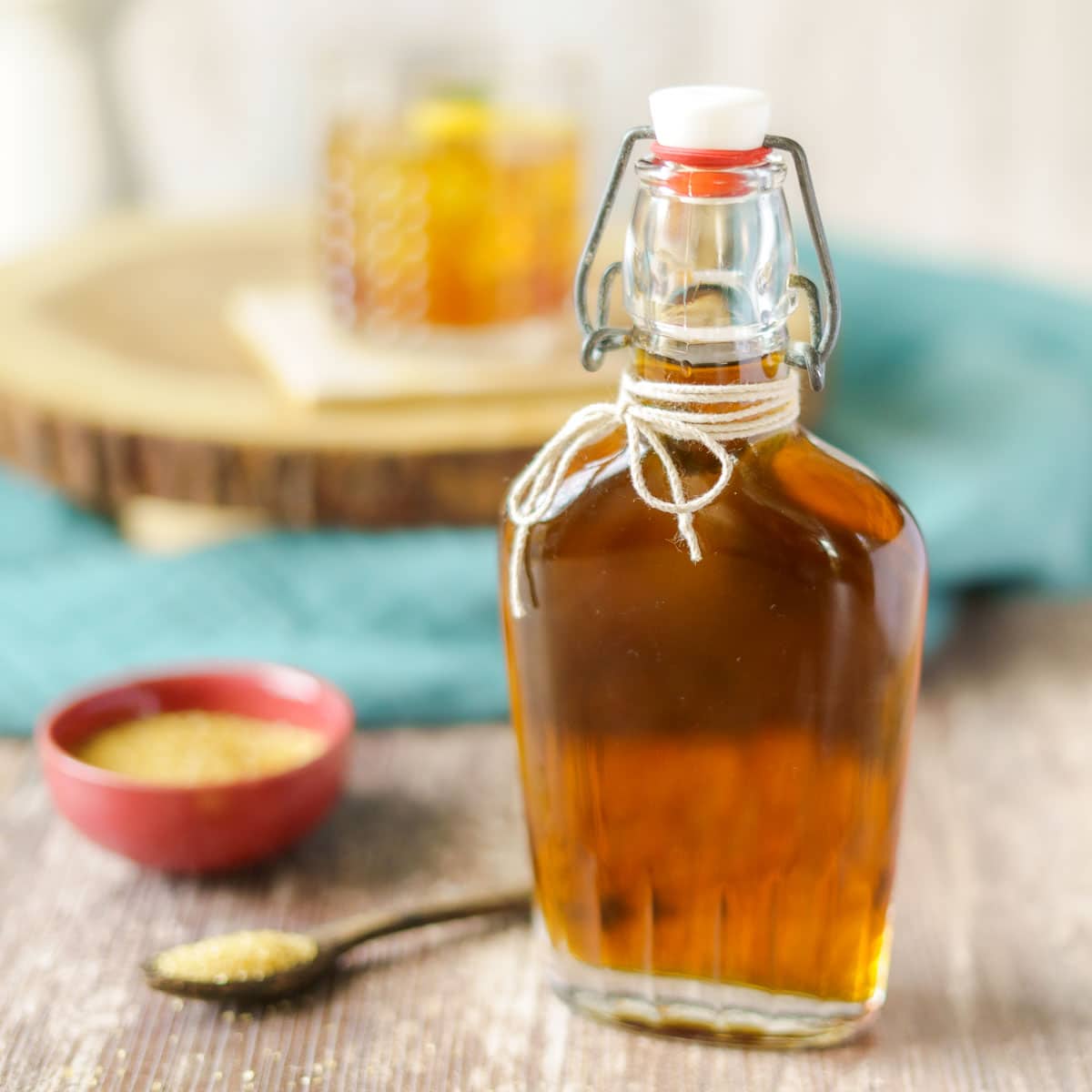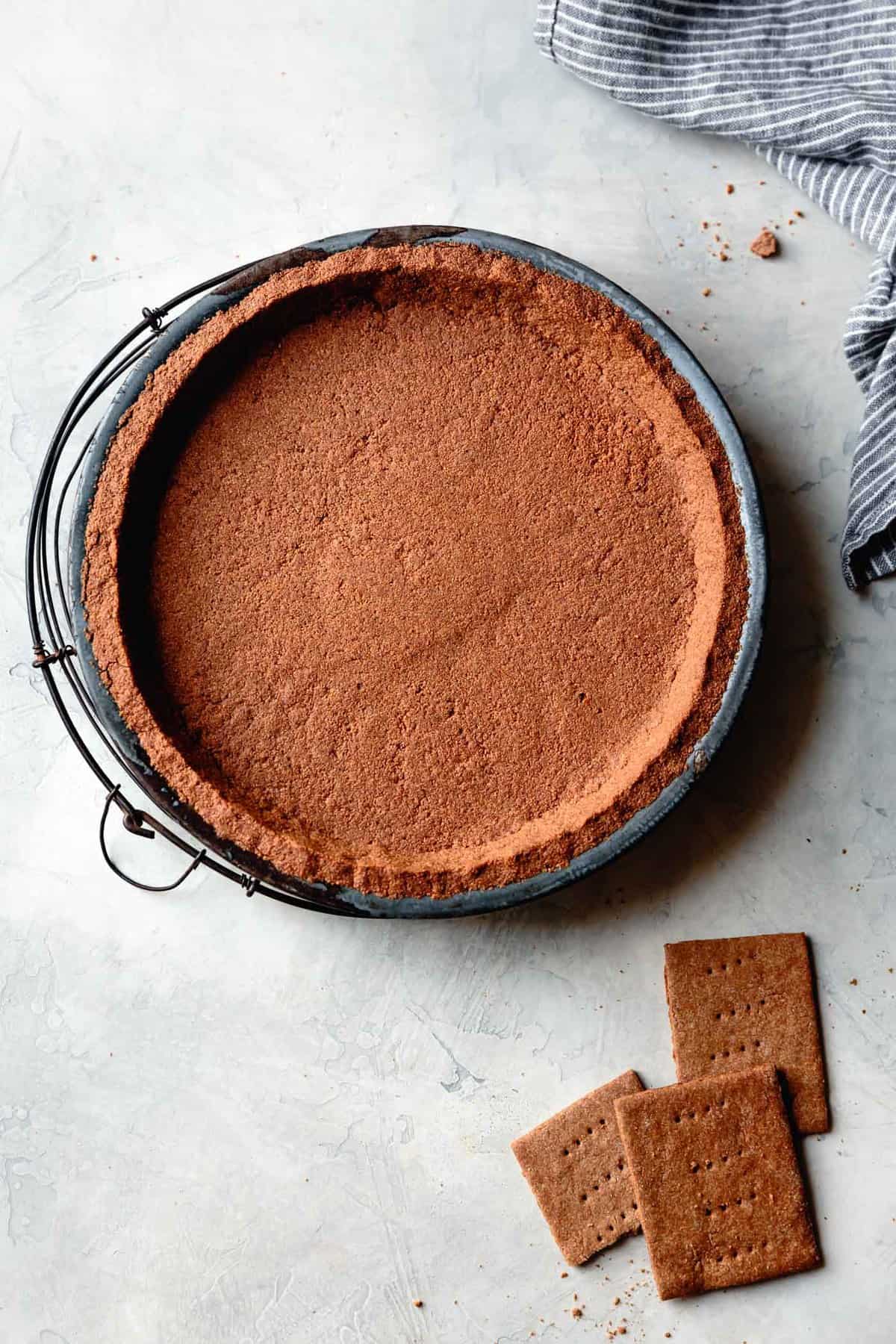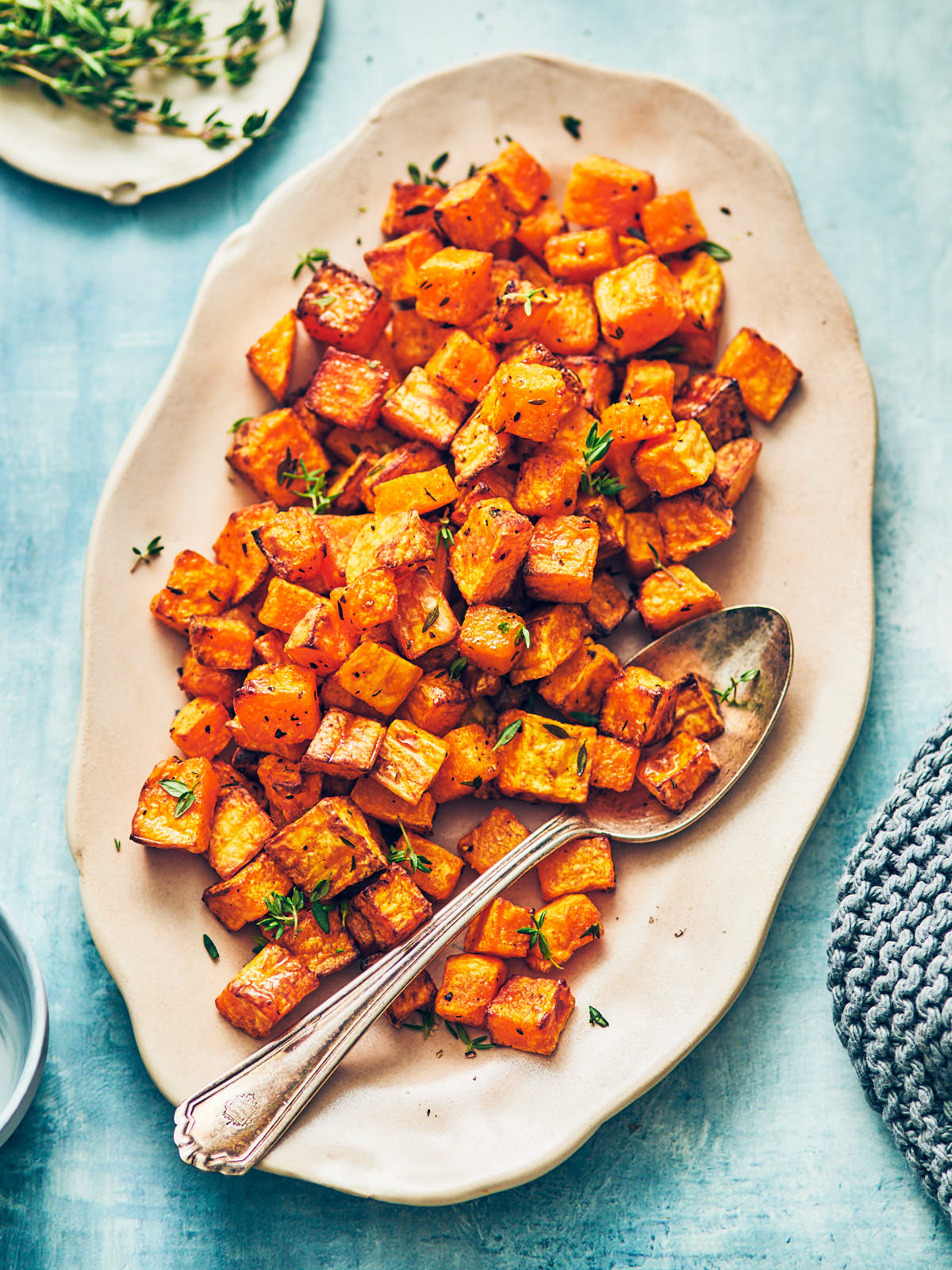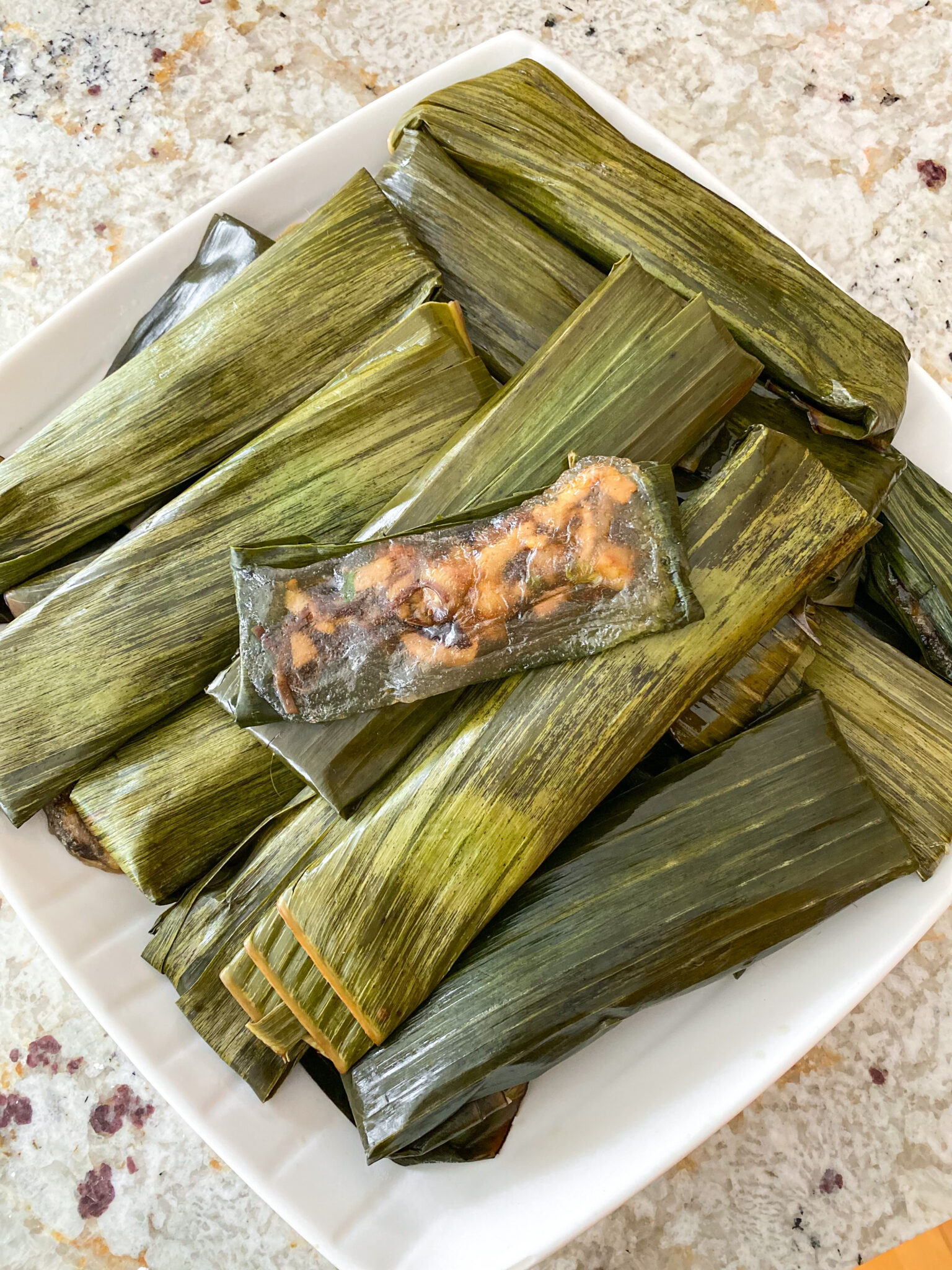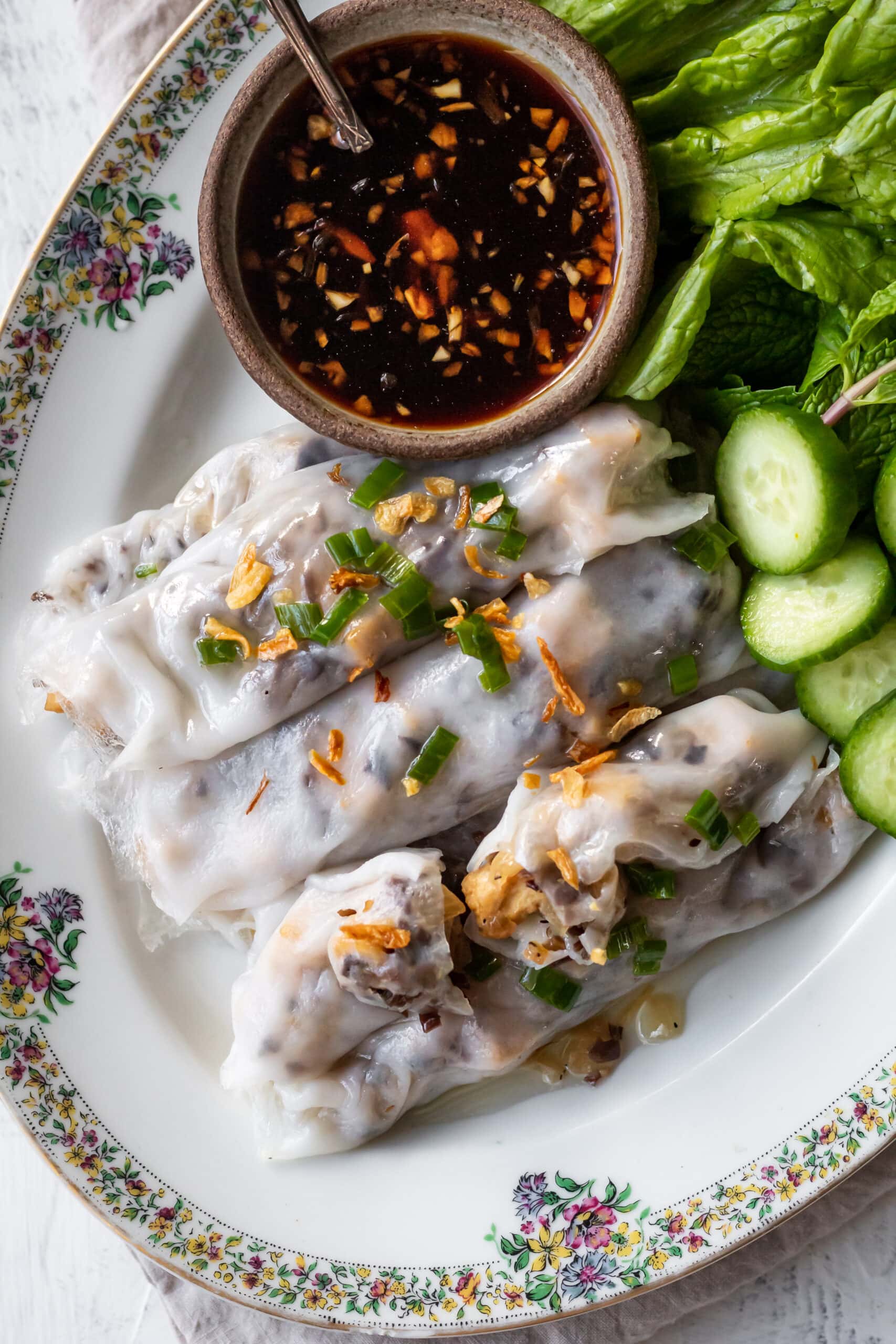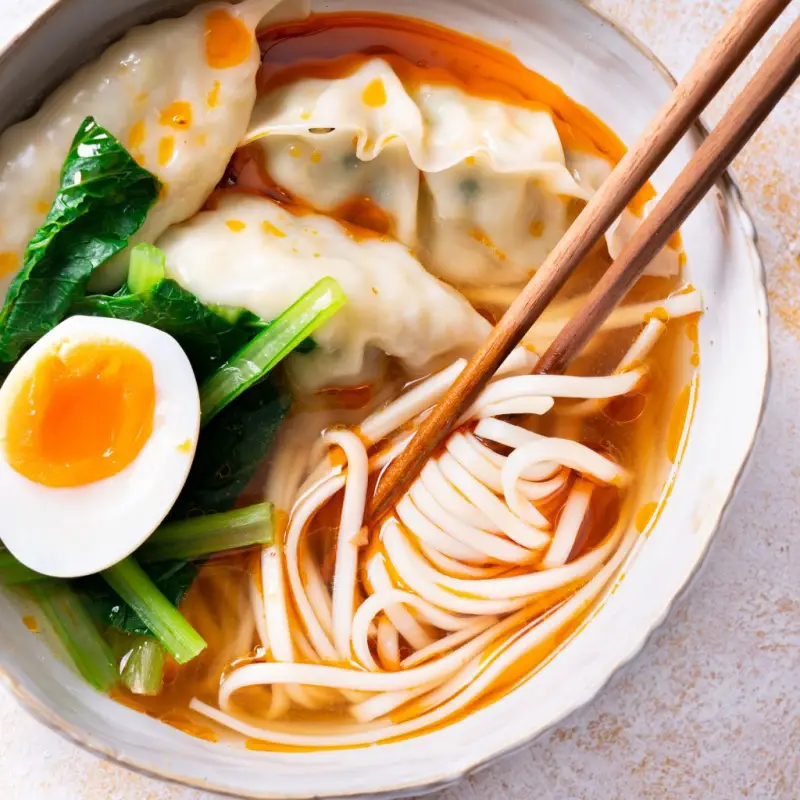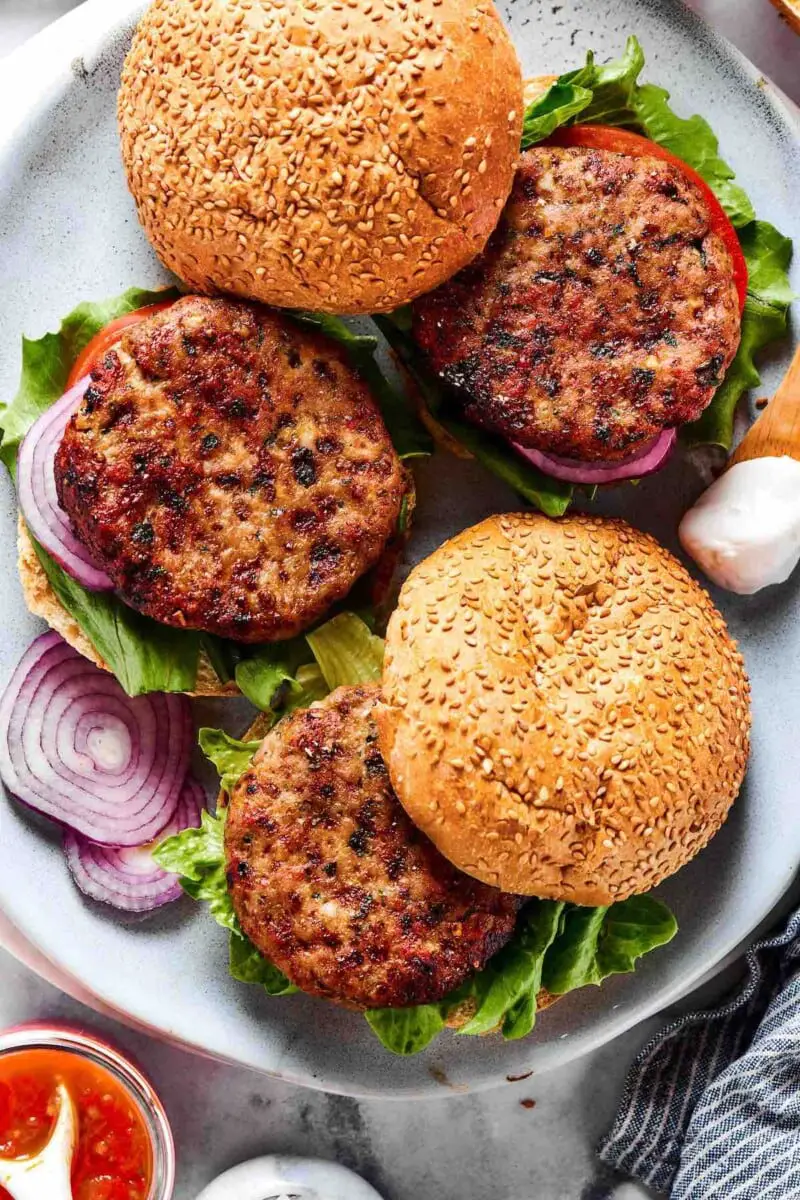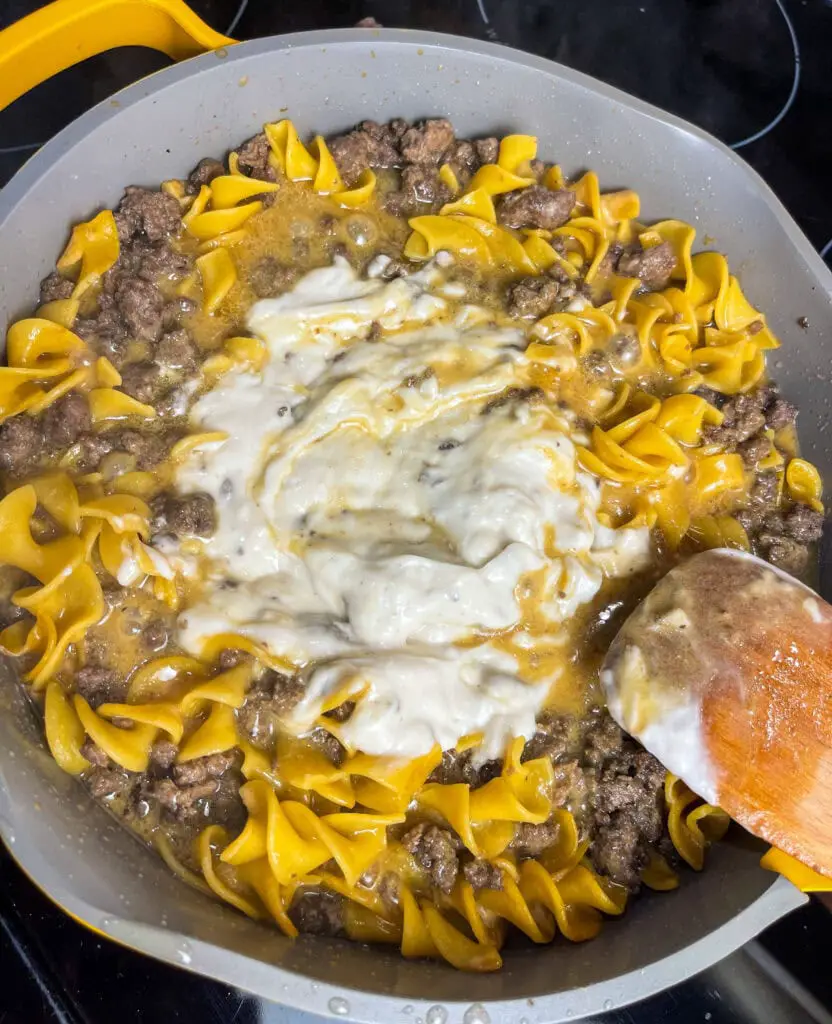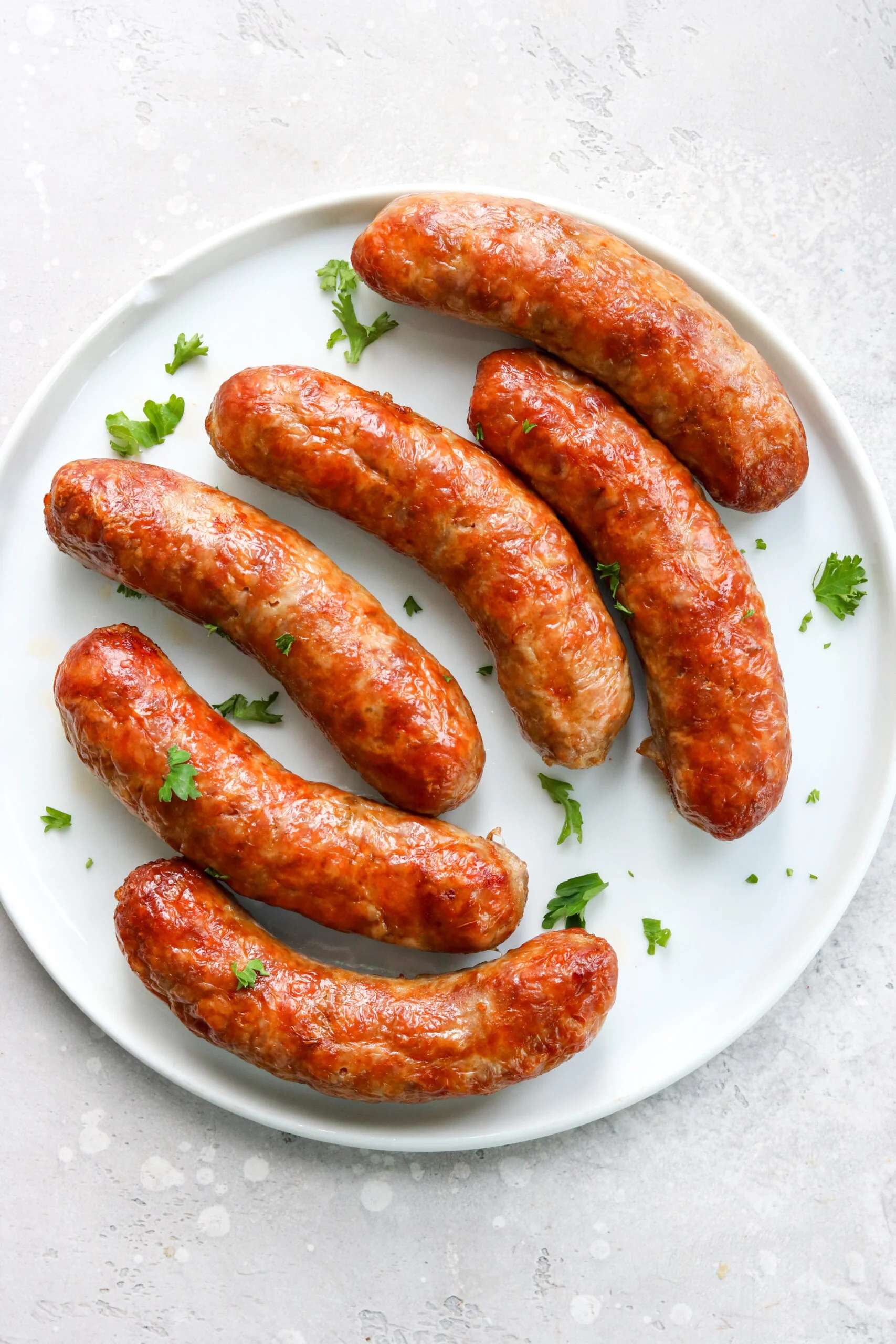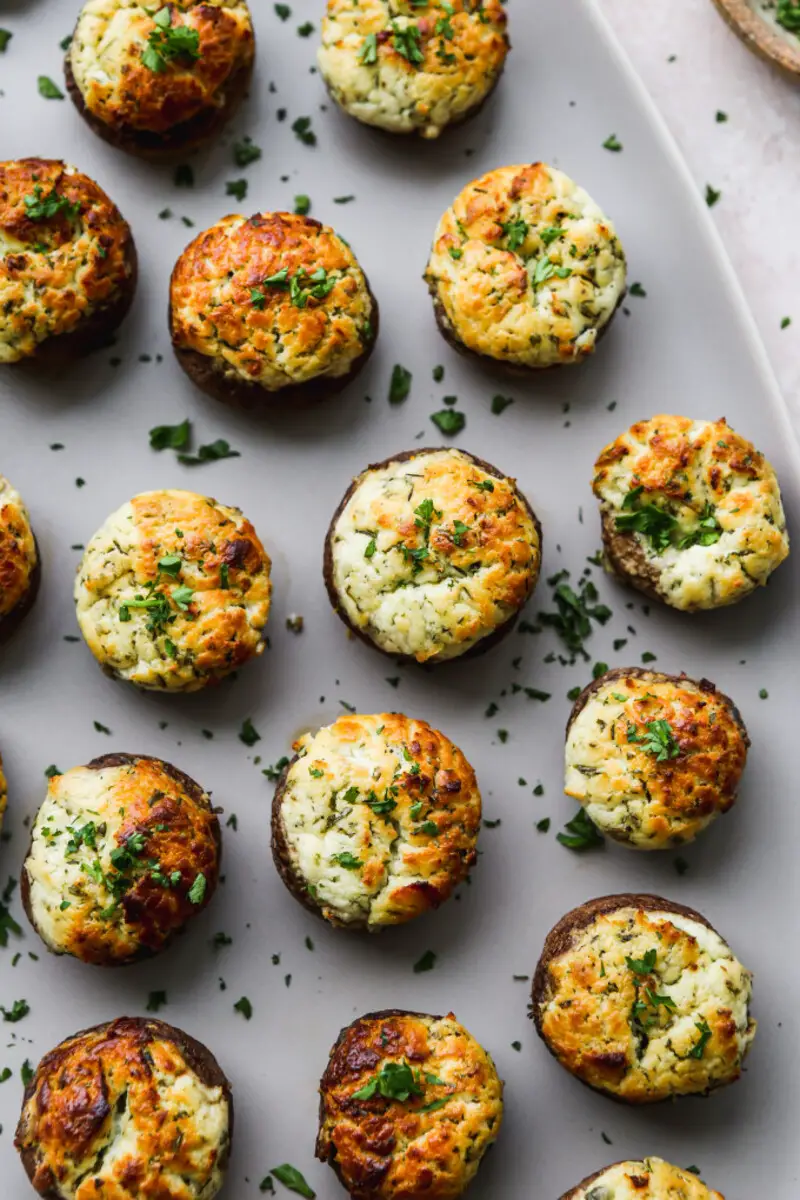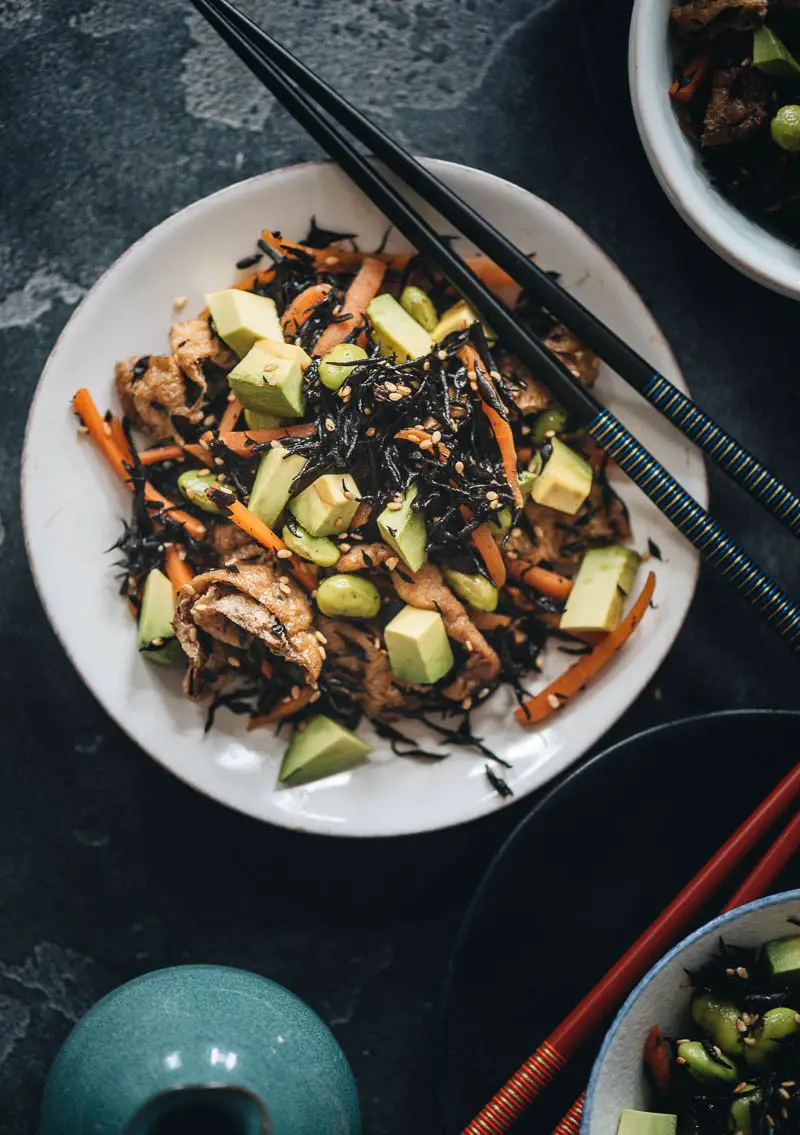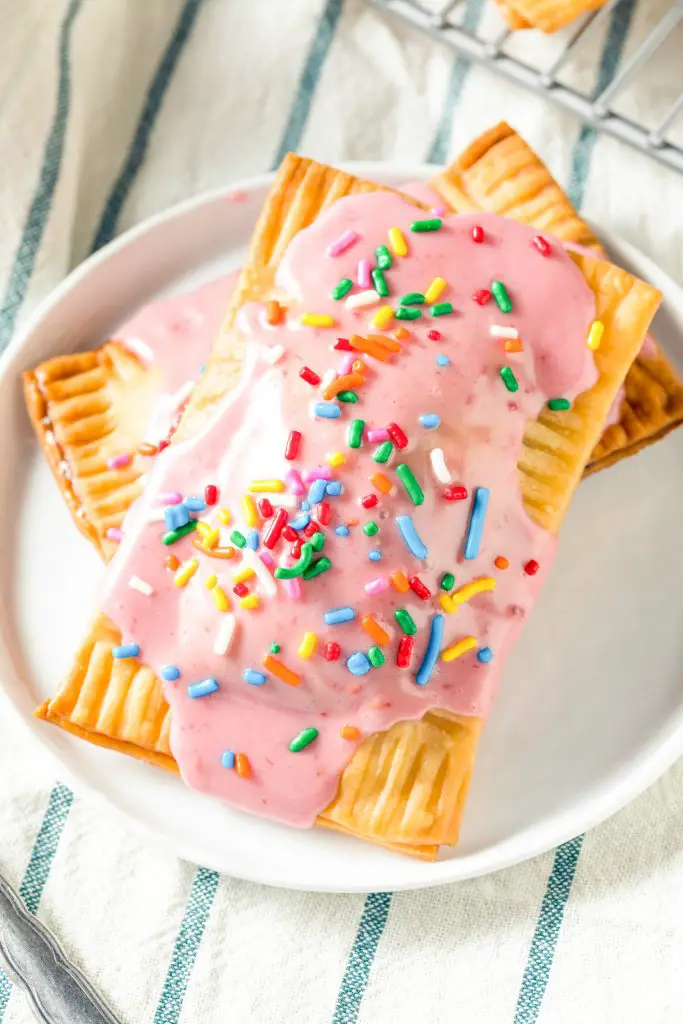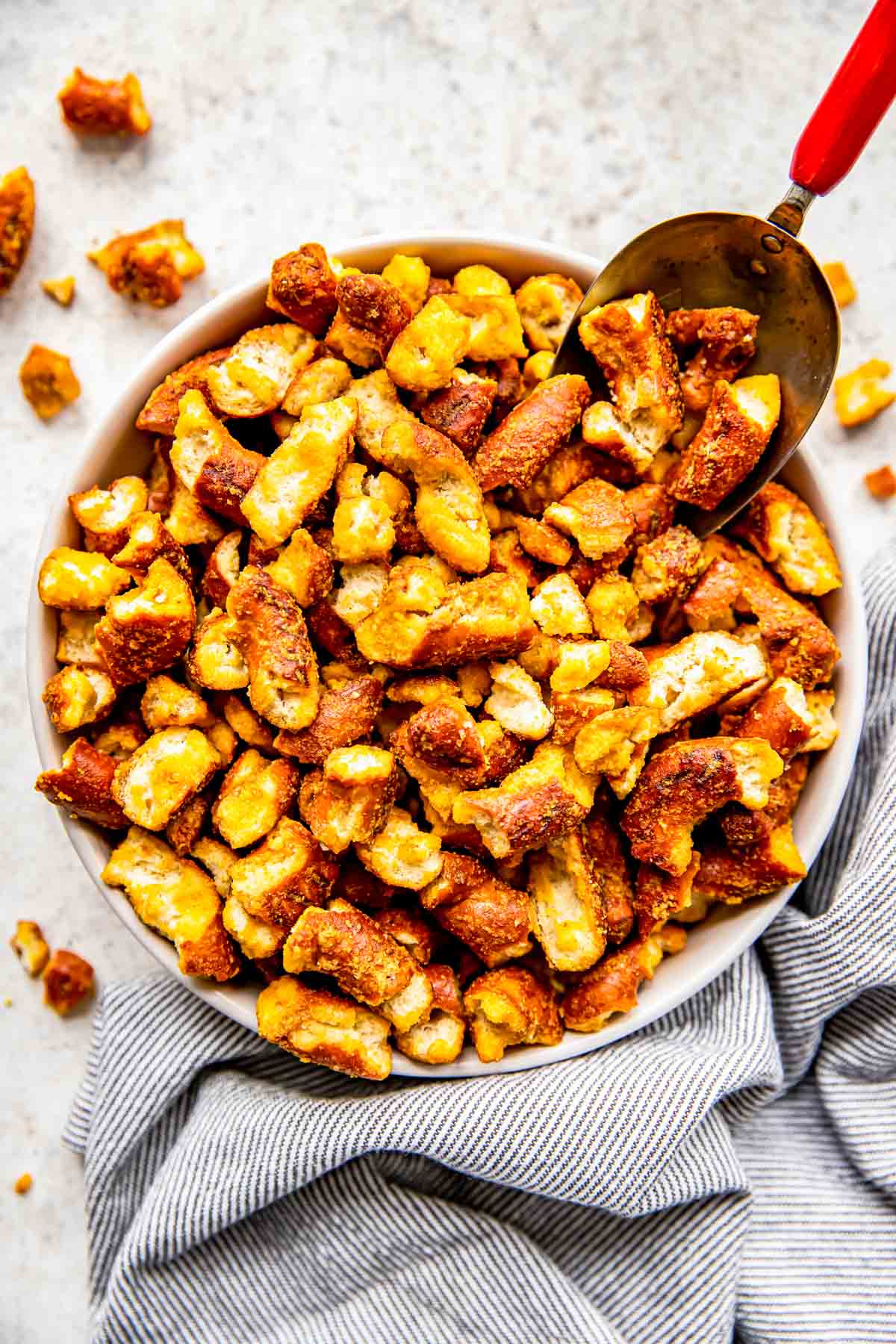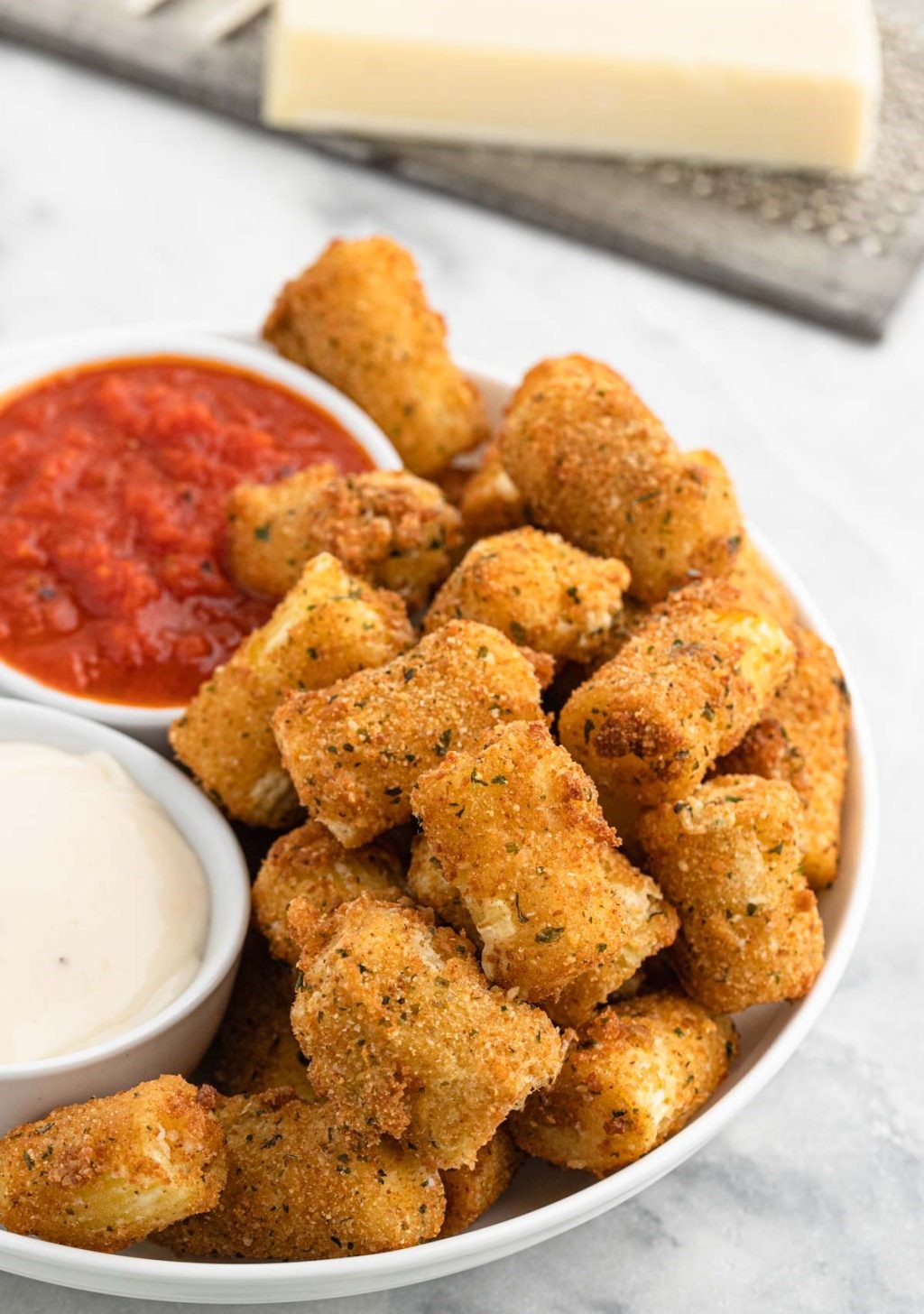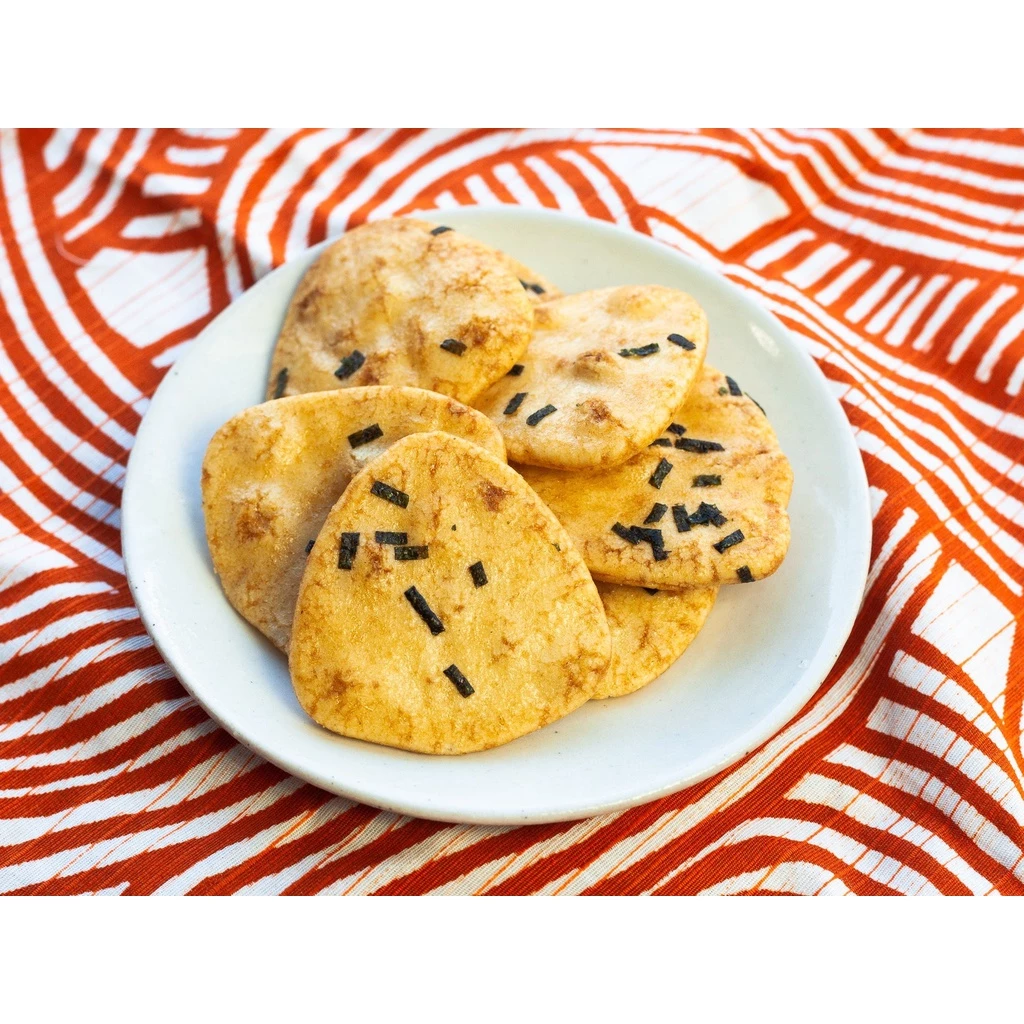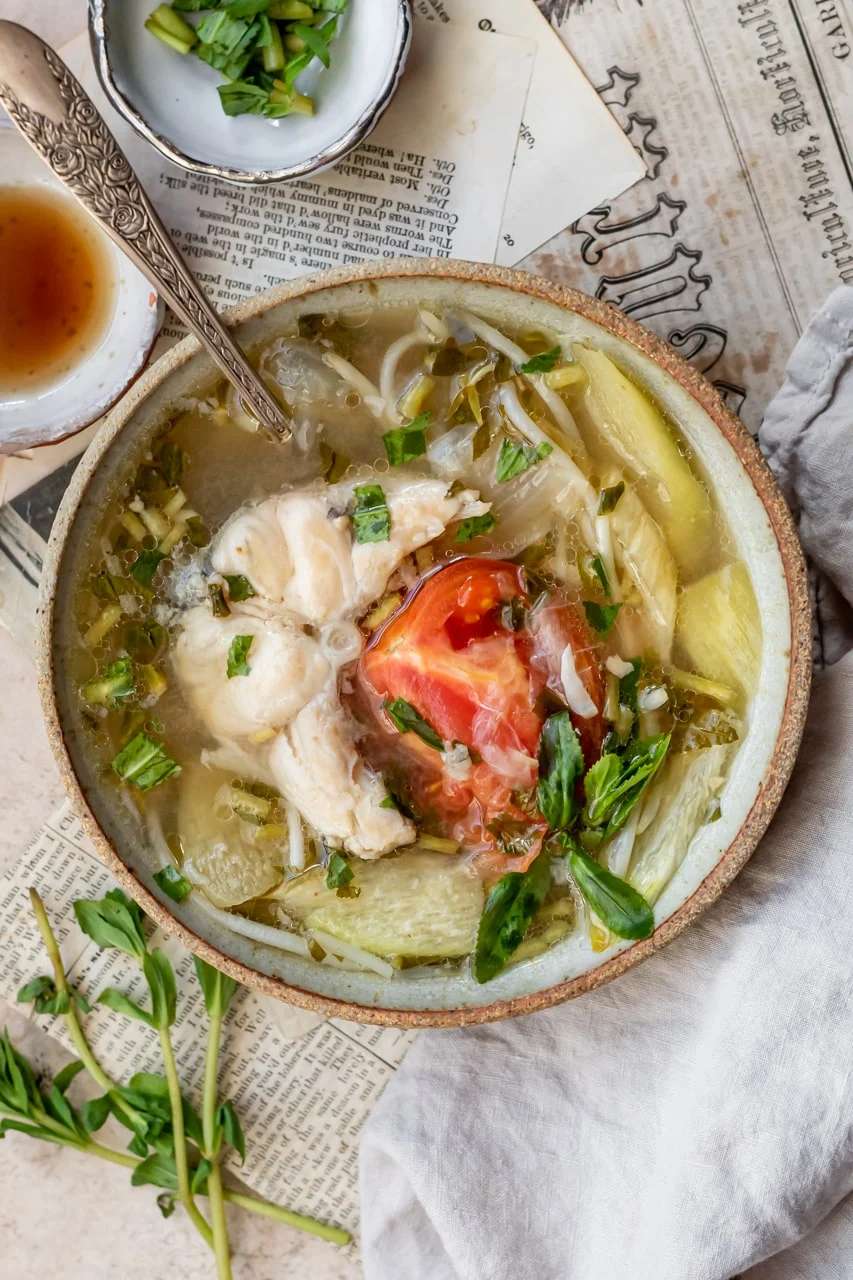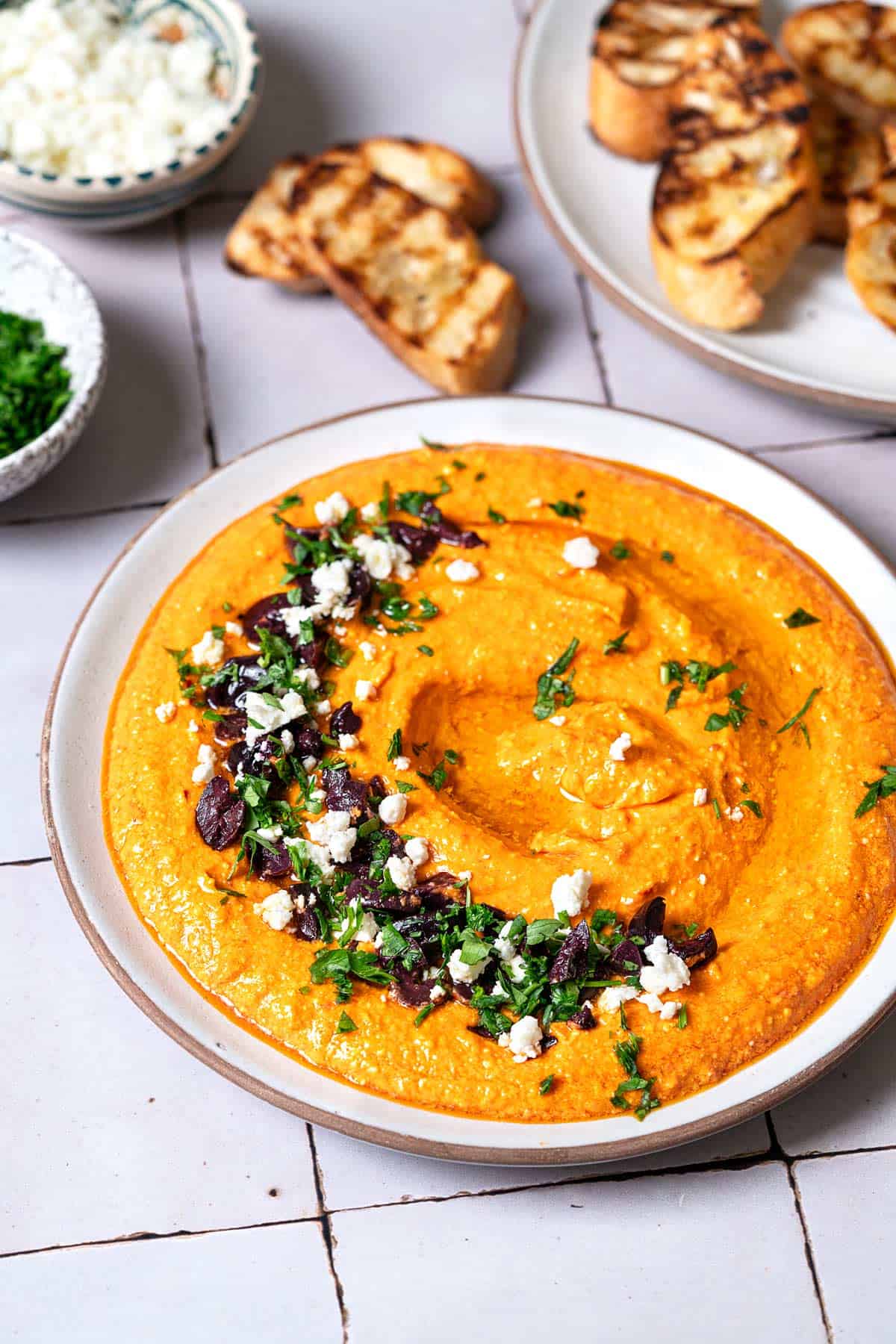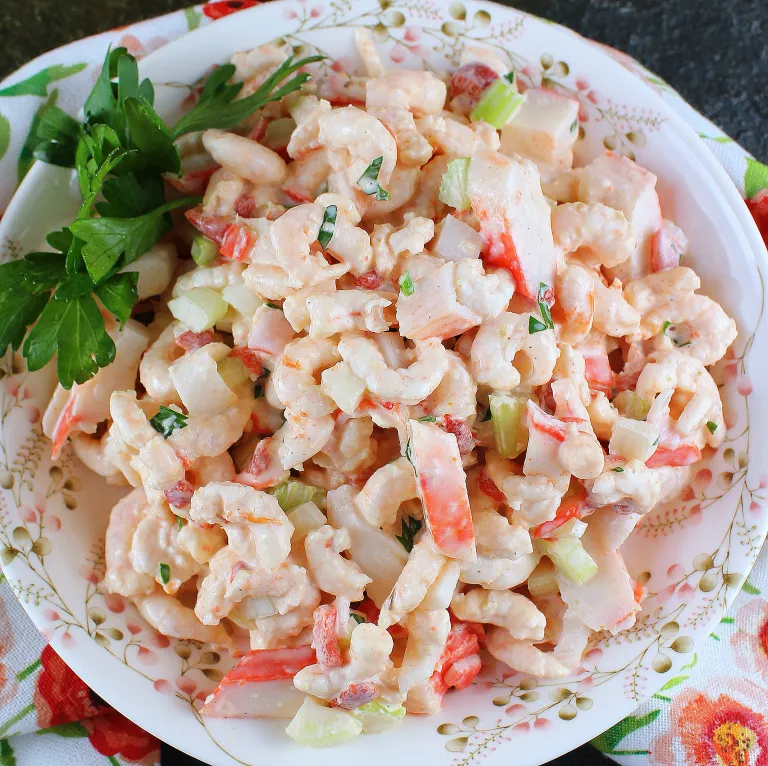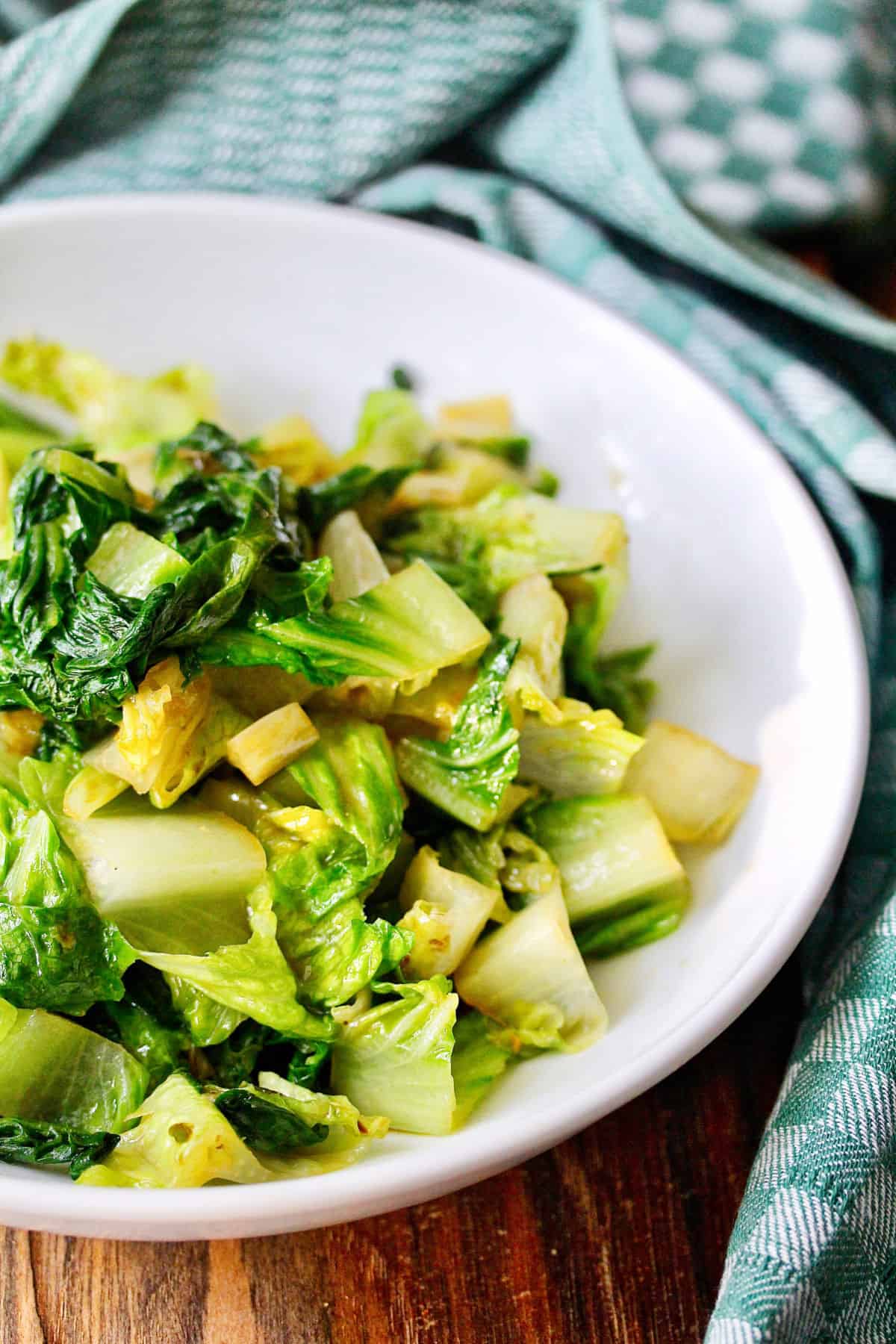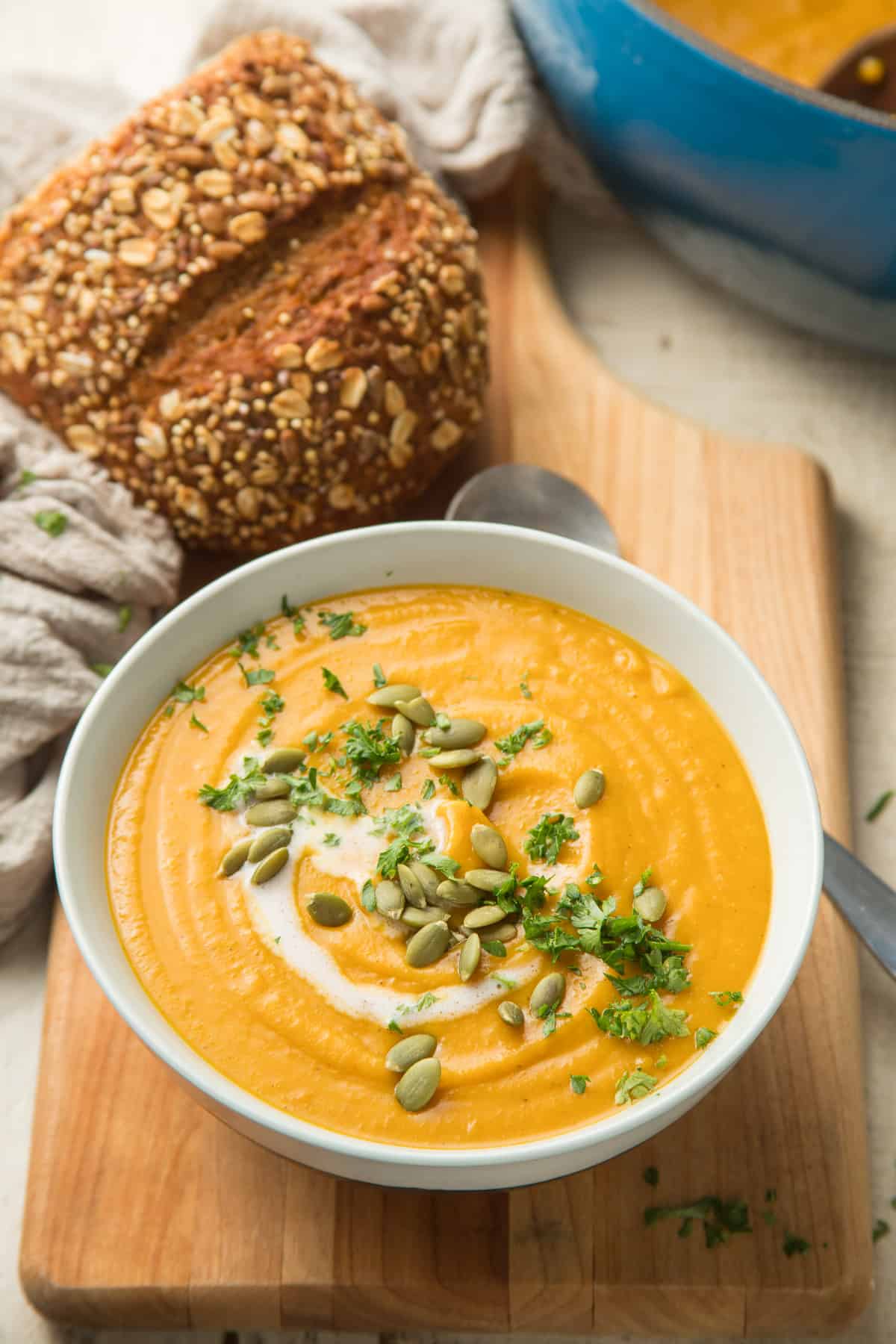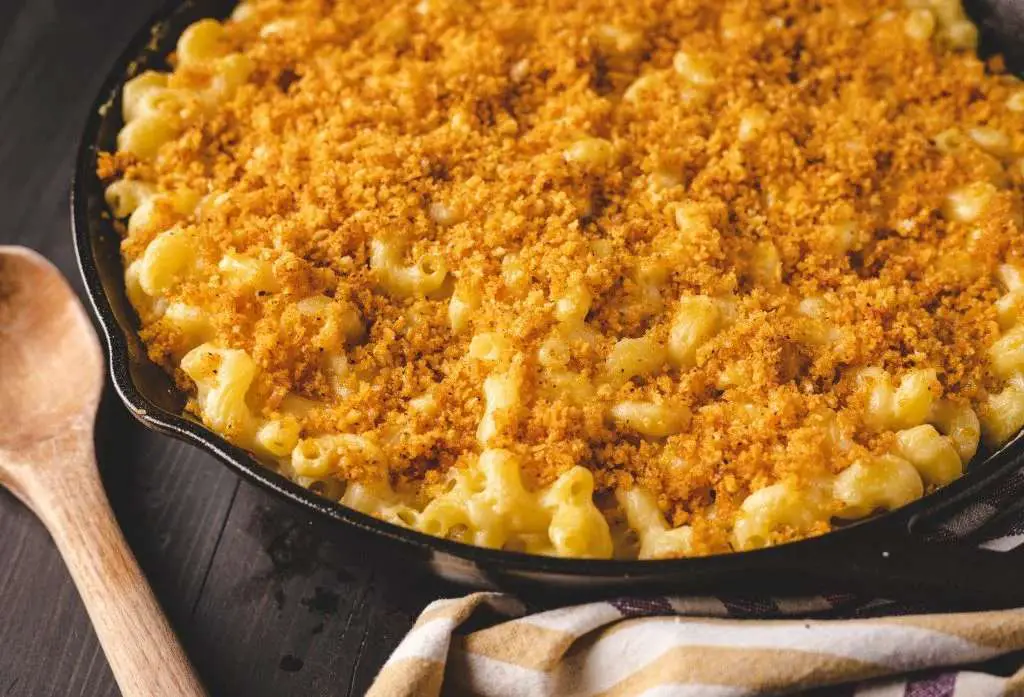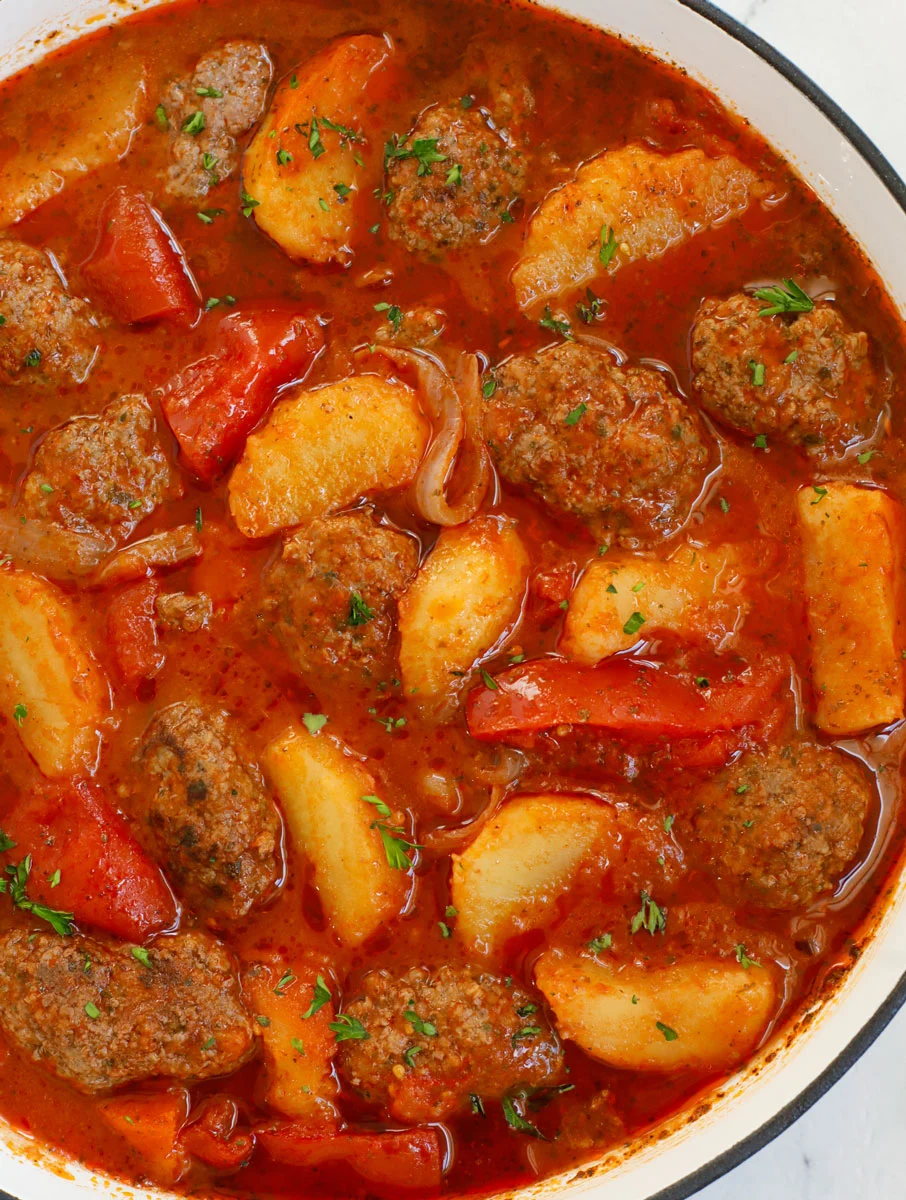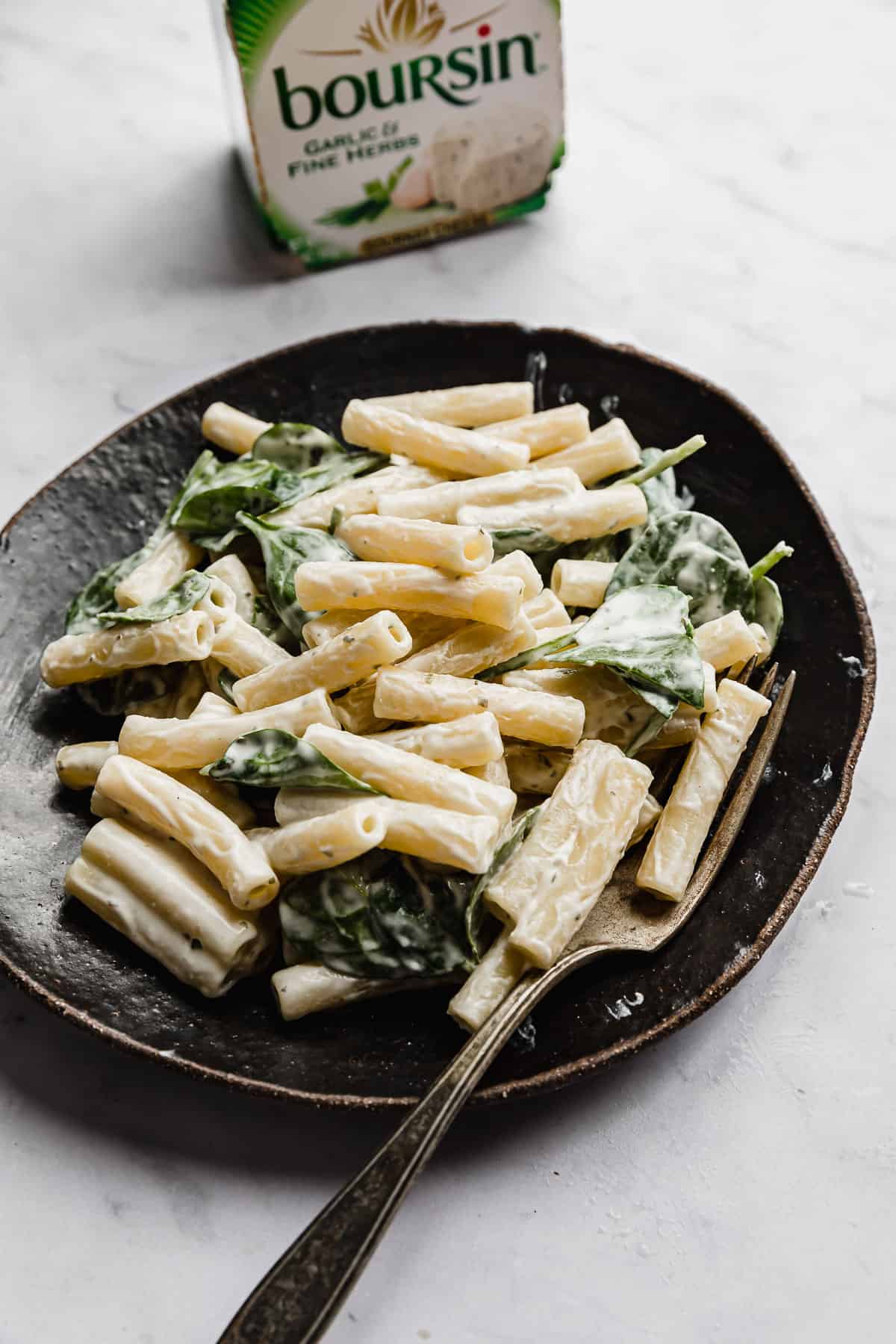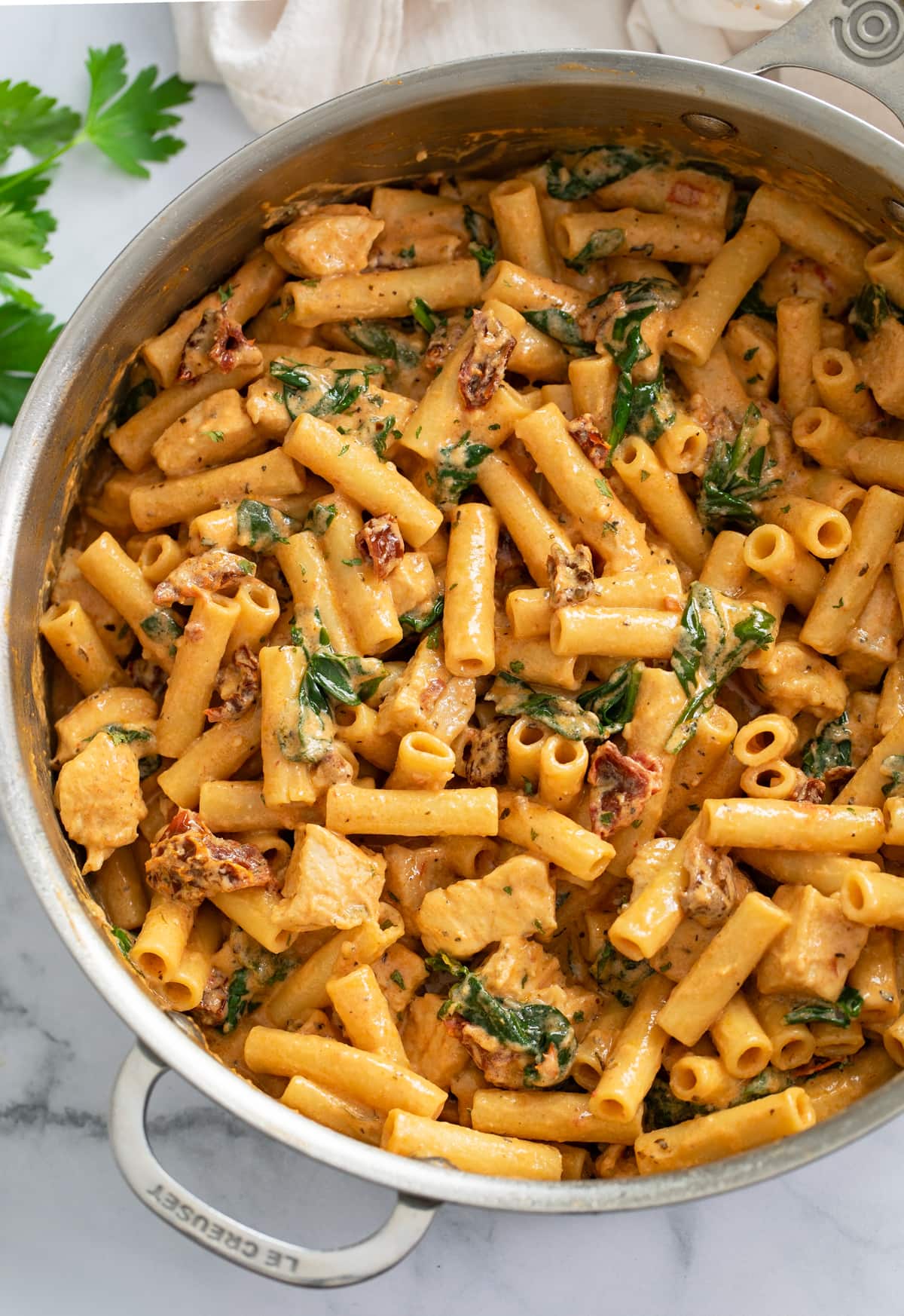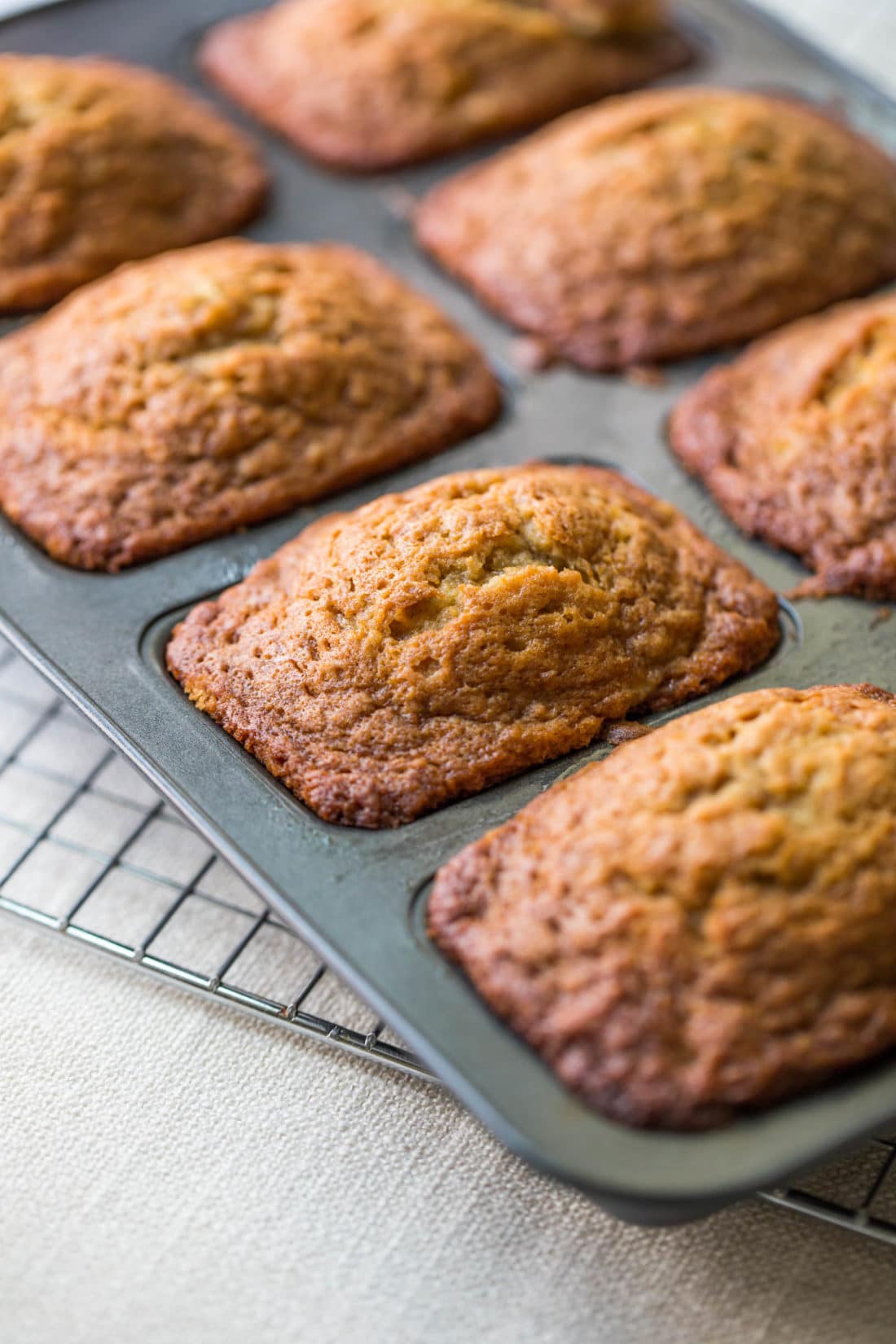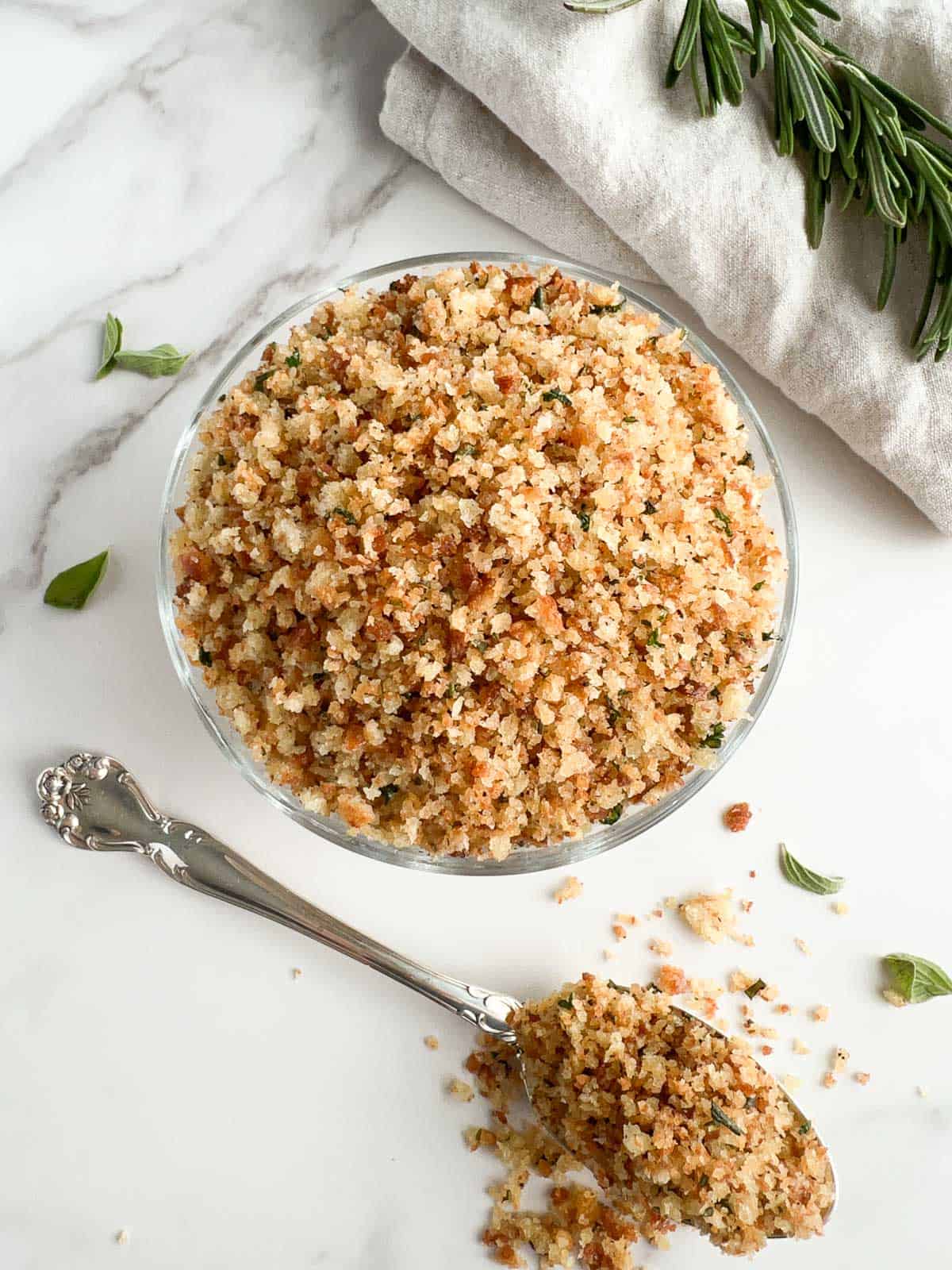
Pangrattato is a special Italian bread crumb topping. It adds a rustic charm and satisfying crunch to dishes. It's a culinary topping that makes simple meals unforgettable.
Whether on pasta or in other dishes, pangrattato is a must-try. Its rich flavor and texture are captivating. Let's dive into its origins, recipes, and uses!
Table of Contents
ToggleWhat is Pangrattato?
Pangrattato is a tasty Italian ingredient that makes simple dishes stand out. It's made from leftover bread that's toasted and grated. This gives it a coarser texture than regular breadcrumbs.
This unique texture adds a crunchy, golden finish to many recipes. It also boosts the flavor of Italian dishes. Learning about pangrattato opens up new possibilities in cooking.
The Historical Origins of Pangrattato
The history of pangrattato shows its roots in peasant cooking. Italians used to turn stale bread into a tasty topping. This was a smart way to use up leftover bread.
This practice shows the creativity in Italian cooking. It lets home cooks improve their dishes without spending a lot.
Pangrattato vs. Traditional Breadcrumbs
Pangrattato and breadcrumbs are different. Breadcrumbs are finely ground and used to hold things together. Pangrattato, on the other hand, has a rougher texture.
This texture adds a satisfying crunch to meals. Its toasty smell also enhances the flavor. It's perfect for topping pasta, veggies, and casseroles. This makes pangrattato special in Italian cooking.
Pangrattato Recipe: How to Make Your Own
- Prep Time: 5 minutes
- Cooking Time: 15 minutes
- Total Time: 20 minutes
- Yield: 4 servings
- Method: Baking
- Cuisine: Italian
Making your own pangrattato is a fun and rewarding process. It turns stale bread into a tasty topping. Here, I'll guide you through the ingredients and steps to make it. Plus, I'll share some creative ways to make it your own.
Essential Ingredients for Homemade Pangrattato
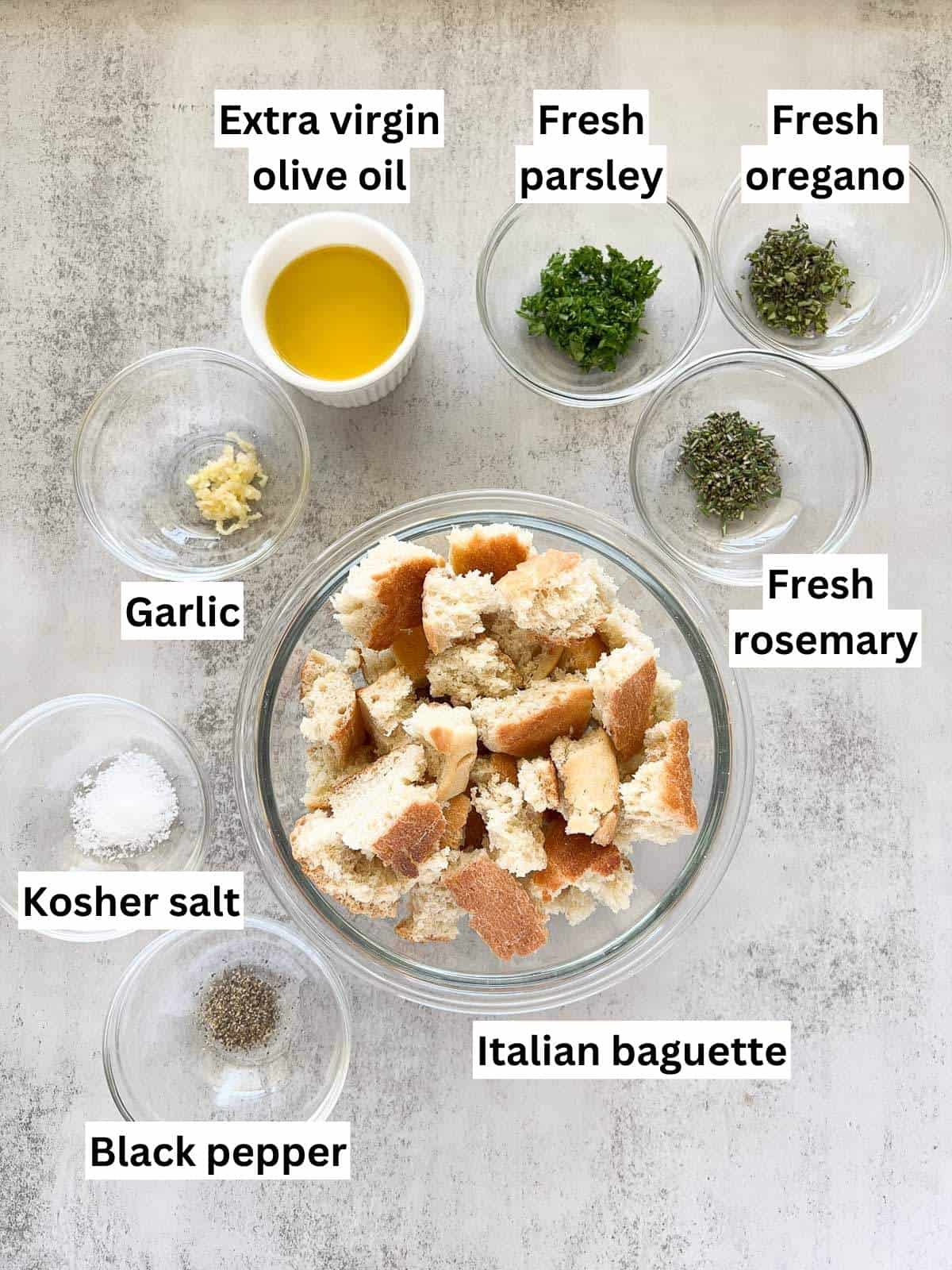
Choosing the right ingredients is crucial for a great pangrattato. Here's what you'll need:
- Stale bread (preferably Italian or French)
- Olive oil
- Garlic (minced or whole)
- Fresh or dried herbs (like parsley or oregano)
- Salt and pepper to taste
Step-by-Step Guide to Preparing Pangrattato
- Preheat your oven: Set to 350°F (175°C).
- Prepare the bread: Cut your stale bread into small pieces or use a food processor to create crumbs.
- Mix ingredients: In a bowl, combine bread crumbs with olive oil, garlic, herbs, salt, and pepper. Toss until everything is well coated.
- Bake: Spread the mixture evenly onto a baking sheet. Bake for 10-15 minutes, stirring occasionally, until golden brown and crispy.
- Cool: Remove from the oven and let cool before using or storing.
Nutrition Facts (Per Serving)
- Calories: 210
- Sugar: 1g
- Sodium: 150mg
- Fat: 10g
- Saturated Fat: 2g
- Unsaturated Fat: 7g
- Trans Fat: 0g
- Carbohydrates: 25g
- Fiber: 2g
- Protein: 5g
- Cholesterol: 0mg
Notes
- Store leftover pangrattato in an airtight container for up to 2 weeks.
- Use different herbs to suit your dish.
- Try adding a bit of lemon zest for a bright flavor twist.
Creative Variations on the Classic Recipe
Feel free to try different variations to make it your own. Here are some ideas:
- Add crushed nuts for extra crunch.
- Incorporate different spices like paprika or red pepper flakes for a kick.
- Mix in grated cheese such as Parmesan for added flavor.
- Use flavored oils, like garlic-infused olive oil, for more depth.
I hope this pangrattato recipe inspires you to explore the world of homemade pangrattato. Enjoy making it your own!
For more inspiration on toppings, check out this recipe for elote in a cup!
Pangrattato Pasta: Elevating Your Dishes
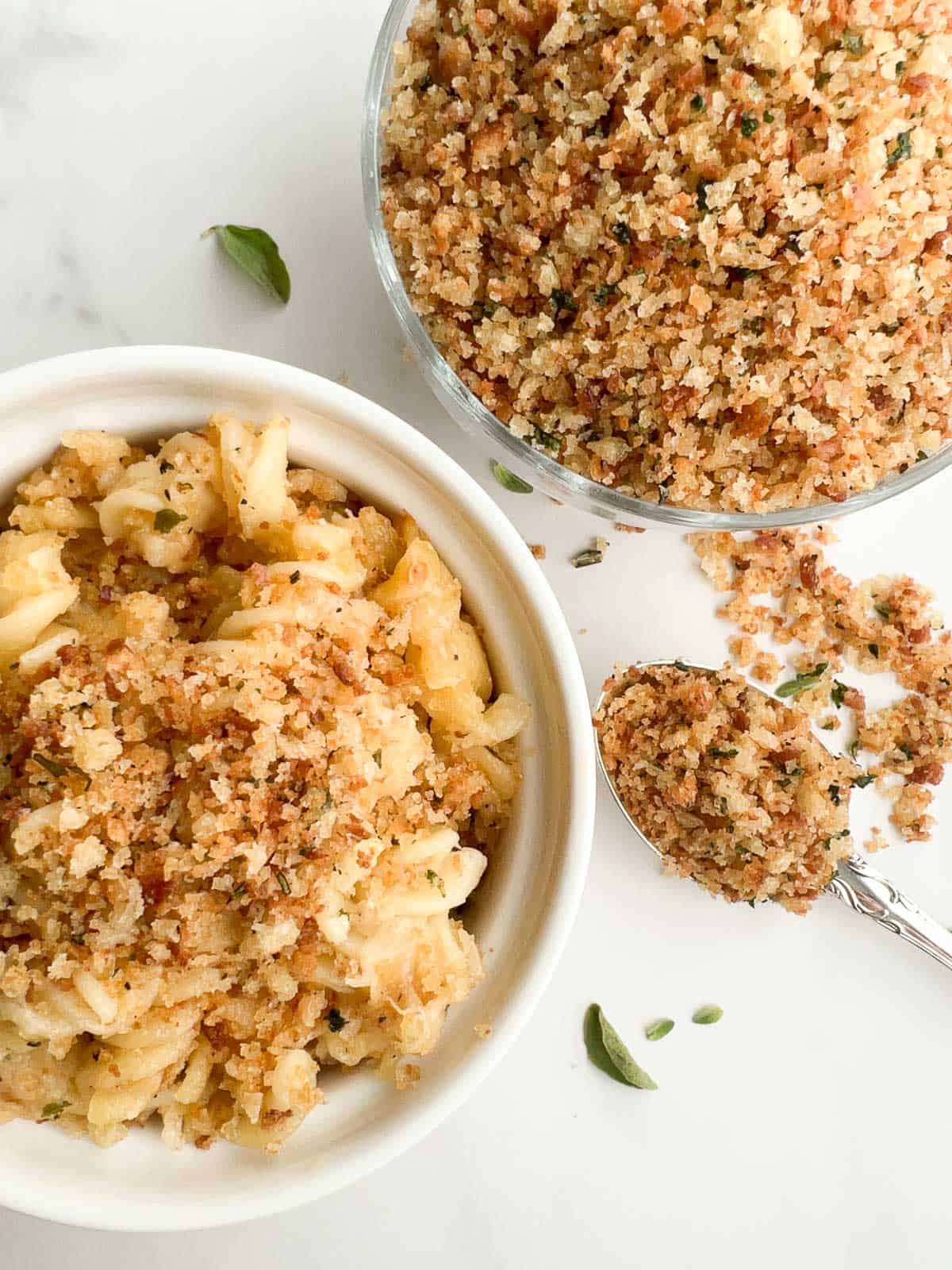
Pangrattato pasta is a great way to add texture and flavor to your meals. I enjoy trying different pasta pairings to find the best match for the crunchy topping. The mix of creamy sauces and crispy pangrattato makes every bite exciting.
Some pasta shapes go better with pangrattato than others. For instance, spaghetti works well because it holds onto the sauce. Fettuccine is great for creamy sauces because of its wide surface. Penne is special because the crumbs can fit inside its hollow shape. Here are some top pasta pairing options:
- Spaghetti: Goes well with light garlic and olive oil sauces.
- Fettuccine: Complements creamy Alfredo or mushroom sauces.
- Penne: Works great with chunky vegetable or meat sauces.
Uses of Pangrattato Beyond Pasta
Pangrattato is amazing in many dishes, not just pasta. It adds a crunchy texture and flavor. I enjoy trying new ways to use it, especially on vegetables and in casseroles. It makes simple meals exciting and tasty.
Toppings for Vegetables and Casseroles:
- Roasted Vegetables: Sprinkle on baked zucchini or cauliflower gratin.
- Casseroles: Adds a crispy layer to baked dishes.
Incorporating Pangrattato into Snacking:
- Soups: Add a crunchy texture to creamy soups.
- Appetizers: Sprinkle over cheese or mix into salads.
It's great on salads or with dips. Using pangrattato in snacks opens up endless possibilities for culinary creativity.
Pangrattato is more than just for pasta; it's great on veggies, casseroles, and as a snack. Using it in your cooking honors Italian traditions. I suggest trying different ways to use it and making it a kitchen staple.
Ready to add a crunchy touch to your meals? Pangrattato can turn simple dishes into something special. It brings a taste of Italy into your cooking. Let's enjoy the beauty of simple yet flavorful dishes together!
Want more recipes like this? Explore So Damn Delish for more culinary inspiration!
FAQs
Q: What is pangrattato?
A: Pangrattato is a traditional Italian breadcrumb topping. It's made from leftover bread, coarsely processed. It's sautéed with olive oil, garlic, and herbs, adding flavor and crunch to dishes.
Q: How does pangrattato differ from regular breadcrumbs?
A: Pangrattato is coarser and toasted until golden. This gives it a unique crunch and nutty aroma. Unlike regular breadcrumbs, pangrattato is fresher and more aromatic, boosting the taste of dishes.
Q: How can I make my own pangrattato?
A: Making pangrattato is simple. You need stale bread, olive oil, garlic, and herbs. Pulse the bread into crumbs, sauté it in olive oil with garlic until golden. Then, add seasonings to finish.
Q: What types of pasta pair well with pangrattato?
A: Pangrattato goes well with many pasta types. Choose spaghetti, fettuccine, or penne. These allow the pangrattato to cling, adding a delightful crunch to each bite.
Q: Can I use pangrattato for dishes other than pasta?
A: Yes! Pangrattato is versatile. Use it as a topping for roasted vegetables, casseroles, or soups. It's also great sprinkled over salads or mixed with cheese for a crunchy appetizer.
Q: Are there any creative variations for making pangrattato?
A: Yes! Personalize your pangrattato by adding spices, nuts, or different cheeses. Try lemon zest, chili flakes, or fresh herbs for a unique flavor.
Q: What are some tips for cooking pangrattato pasta?
A: For perfect pangrattato pasta, add the topping just before serving. This keeps it crunchy. Or mix it in during the final minutes of cooking for a blend of flavors. Finish with olive oil for extra flavor.
Print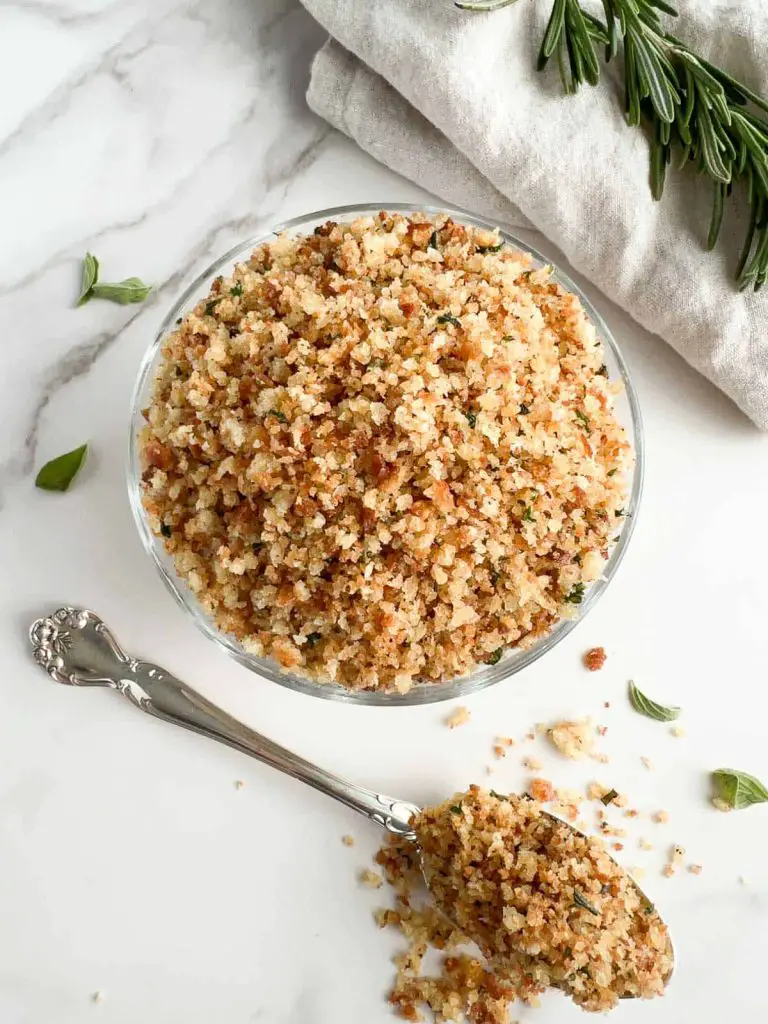
Pangrattato: The Italian Bread Crumb Twist
5 Stars 4 Stars 3 Stars 2 Stars 1 Star
No reviews
Dive into the rustic charm of pangrattato recipe from So Damn Deish, Italy's savory breadcrumb topping that adds a delightful crunch to any pasta dish.
- Total Time: 20 minutes
- Yield: 4 servings
Ingredients
- Stale bread (preferably Italian or French)
- Olive oil
- Garlic (minced or whole)
- Fresh or dried herbs (like parsley or oregano)
- Salt and pepper to taste
Instructions
- Preheat your oven: Set to 350°F (175°C).
- Prepare the bread: Cut your stale bread into small pieces or use a food processor to create crumbs.
- Mix ingredients: In a bowl, combine bread crumbs with olive oil, garlic, herbs, salt, and pepper. Toss until everything is well coated.
- Bake: Spread the mixture evenly onto a baking sheet. Bake for 10-15 minutes, stirring occasionally, until golden brown and crispy.
- Cool: Remove from the oven and let cool before using or storing.
Notes
- Store leftover pangrattato in an airtight container for up to 2 weeks.
- Use different herbs to suit your dish.
- Try adding a bit of lemon zest for a bright flavor twist.
- Author: SoDamnDelish
- Prep Time: 5 minutes
- Cook Time: 15 minutes
- Category: Side Dishes
- Method: Baking
- Cuisine: Intalian
Nutrition
- Serving Size: 1
- Calories: 210
- Sugar: 1g
- Sodium: 150mg
- Fat: 10g
- Saturated Fat: 2g
- Unsaturated Fat: 7g
- Trans Fat: 0g
- Carbohydrates: 25g
- Fiber: 2g
- Protein: 5g
- Cholesterol: 0mg




